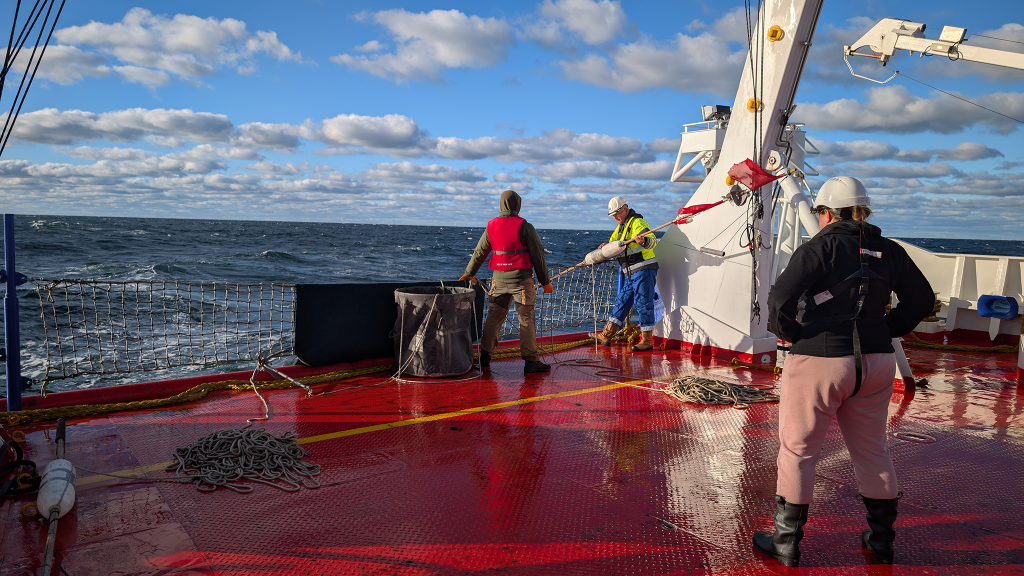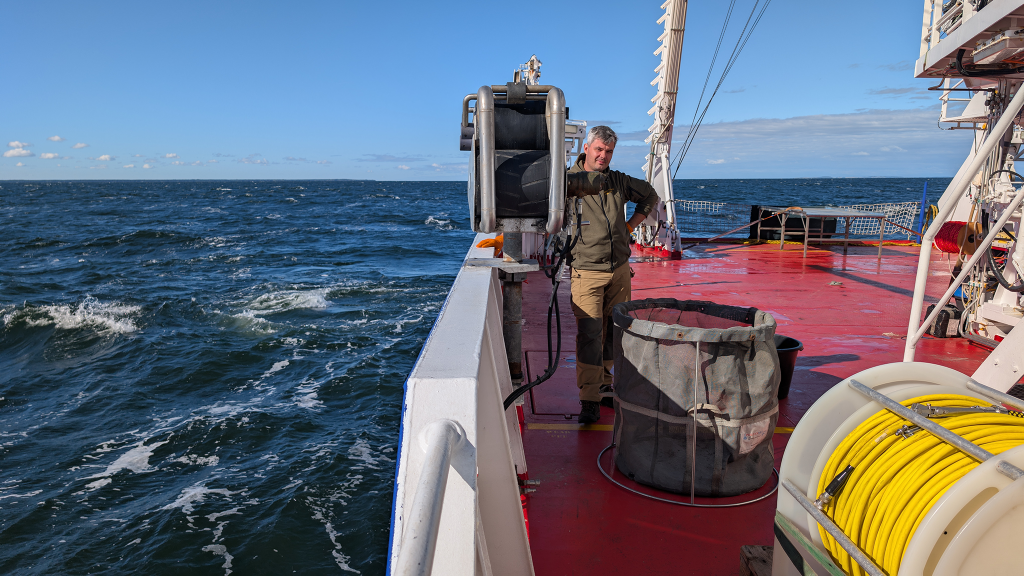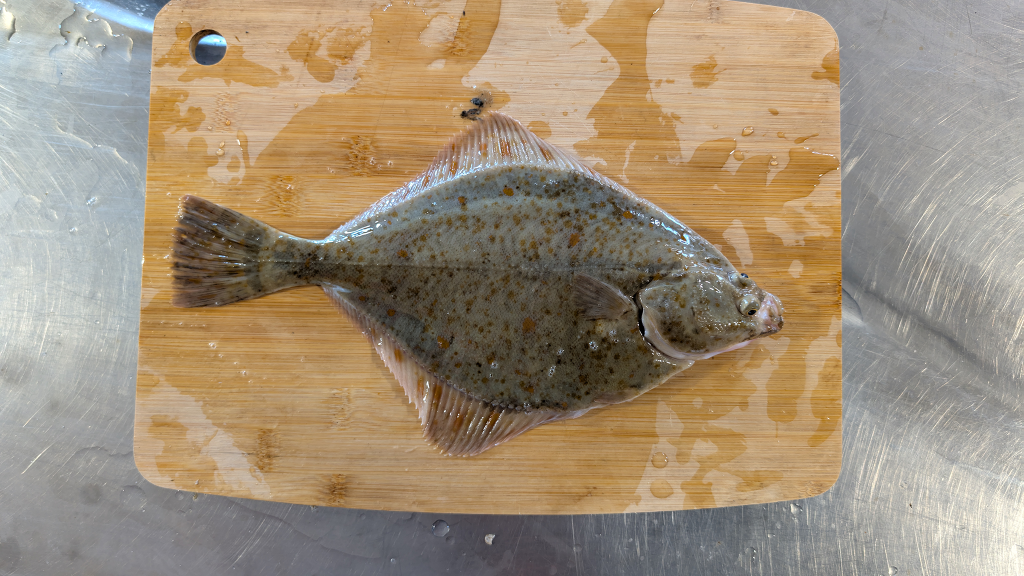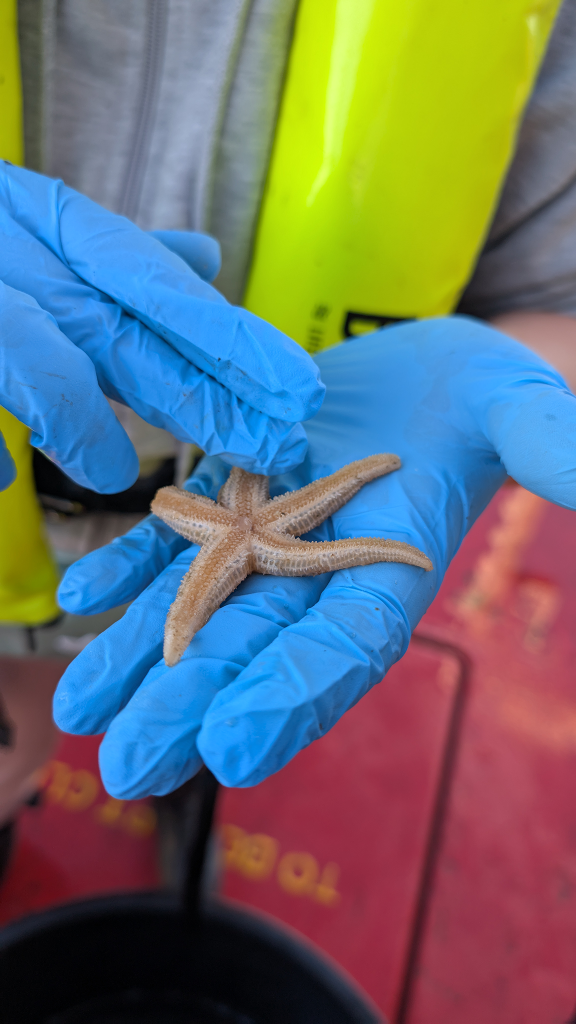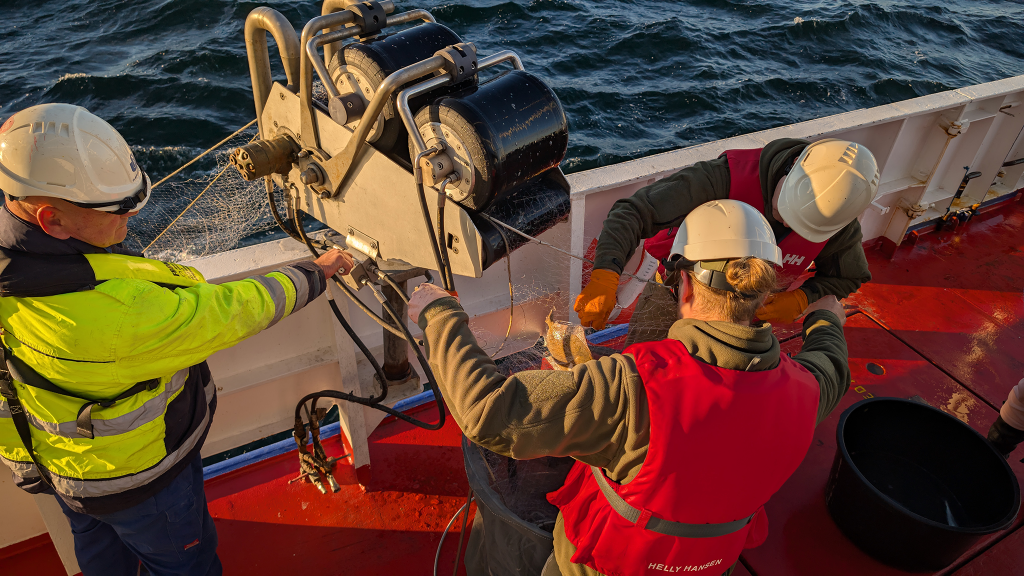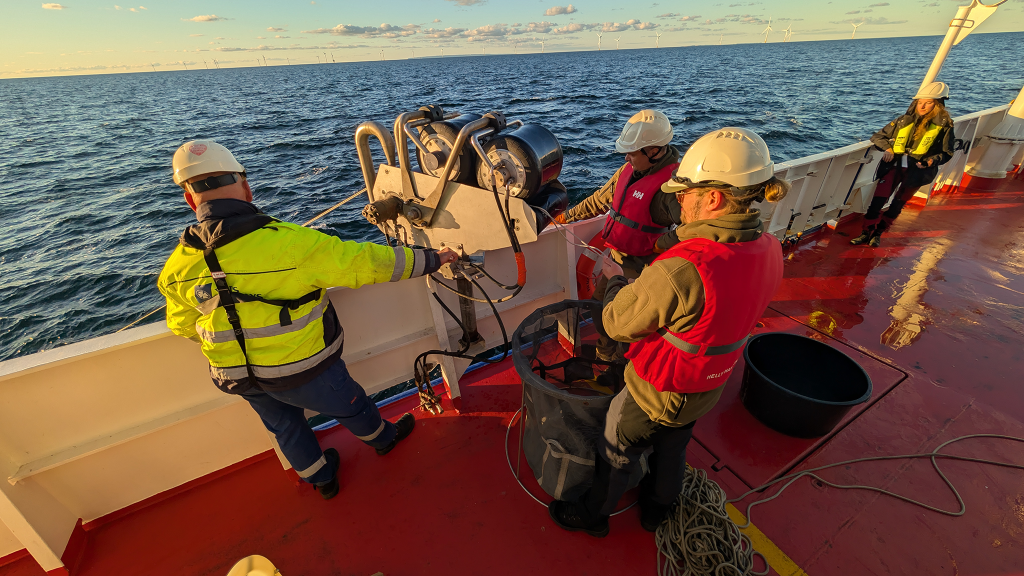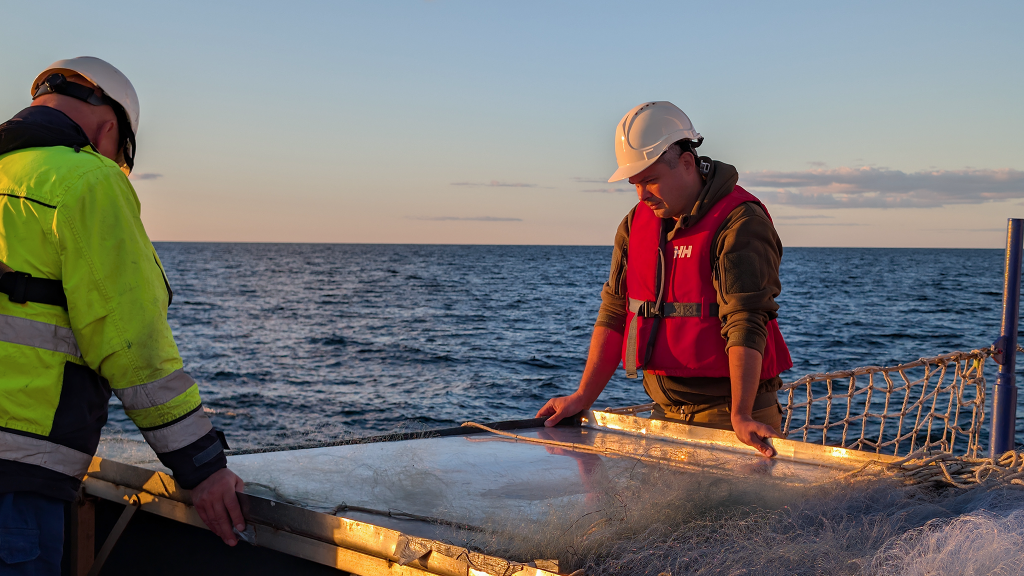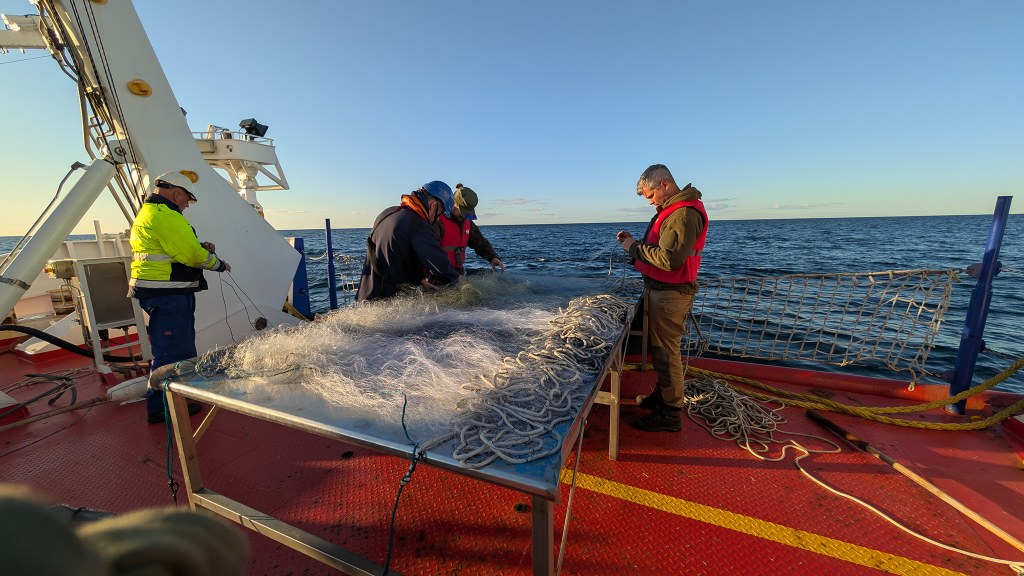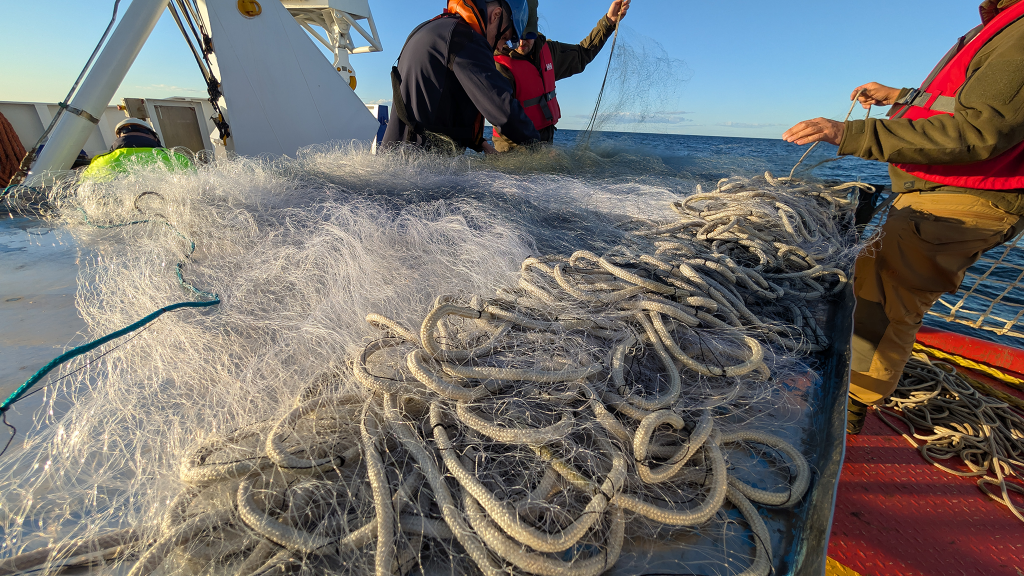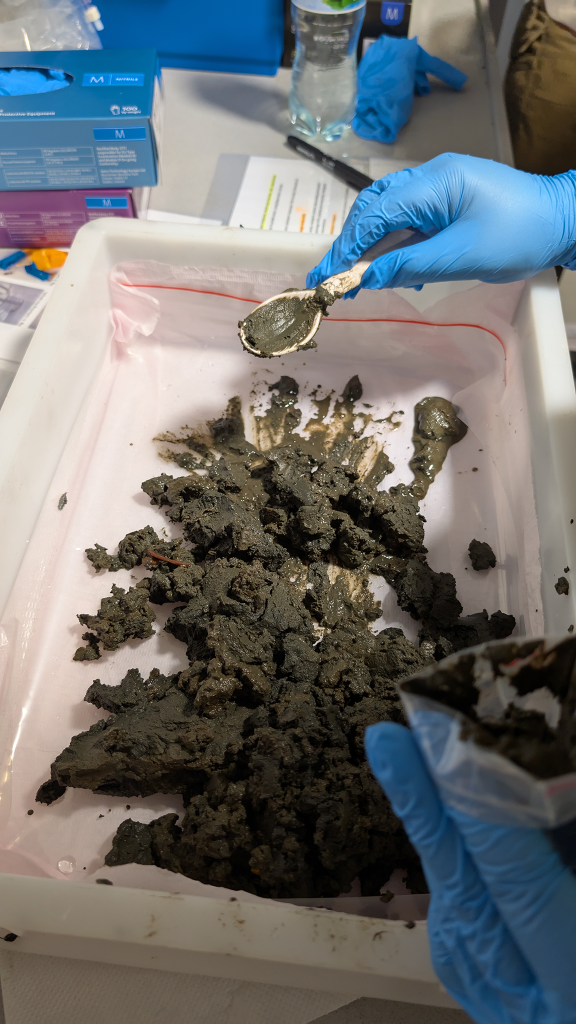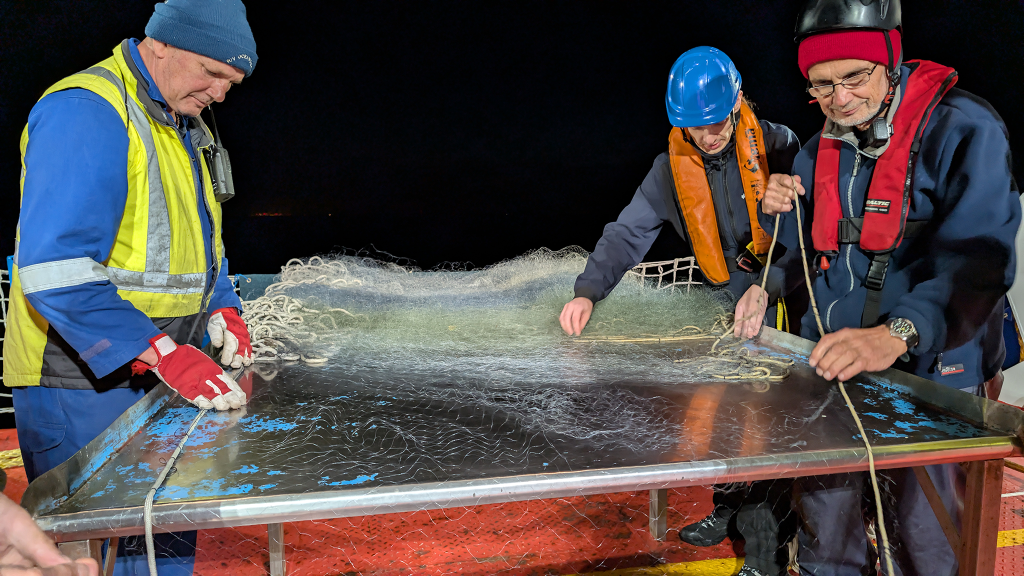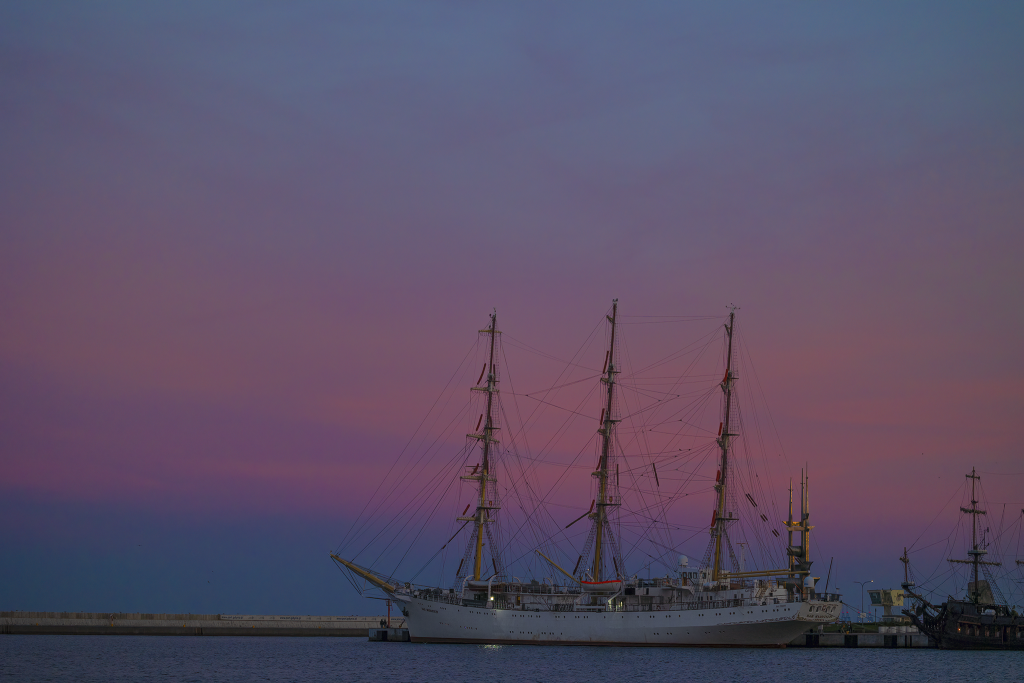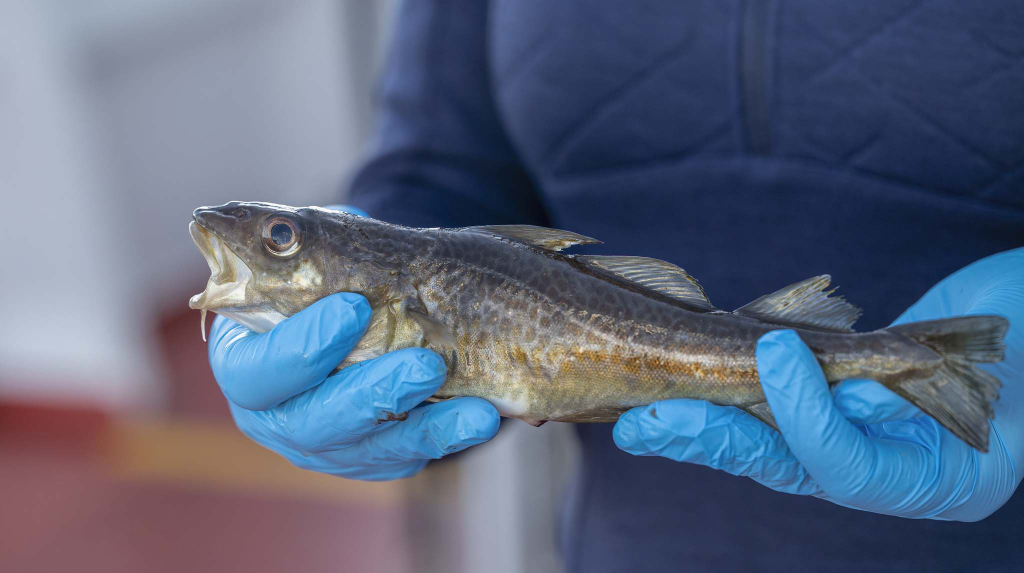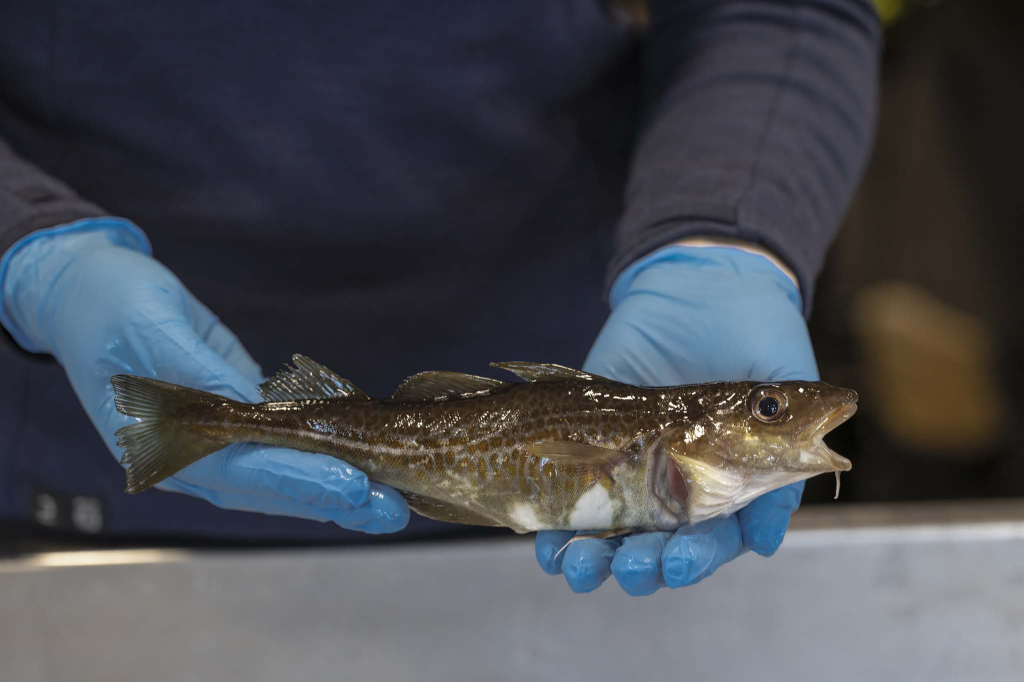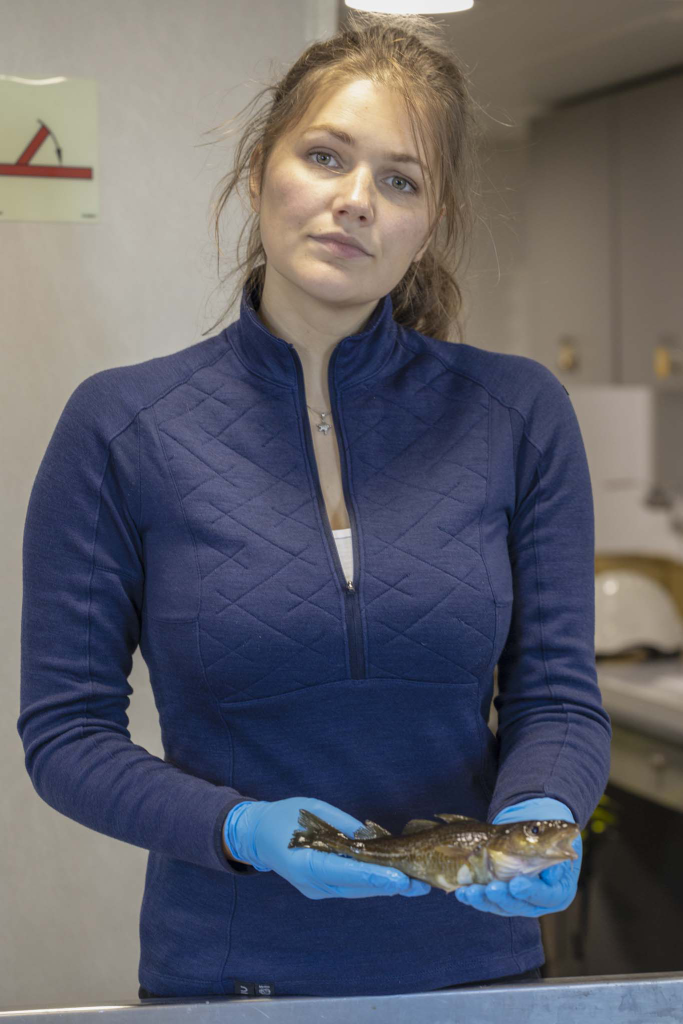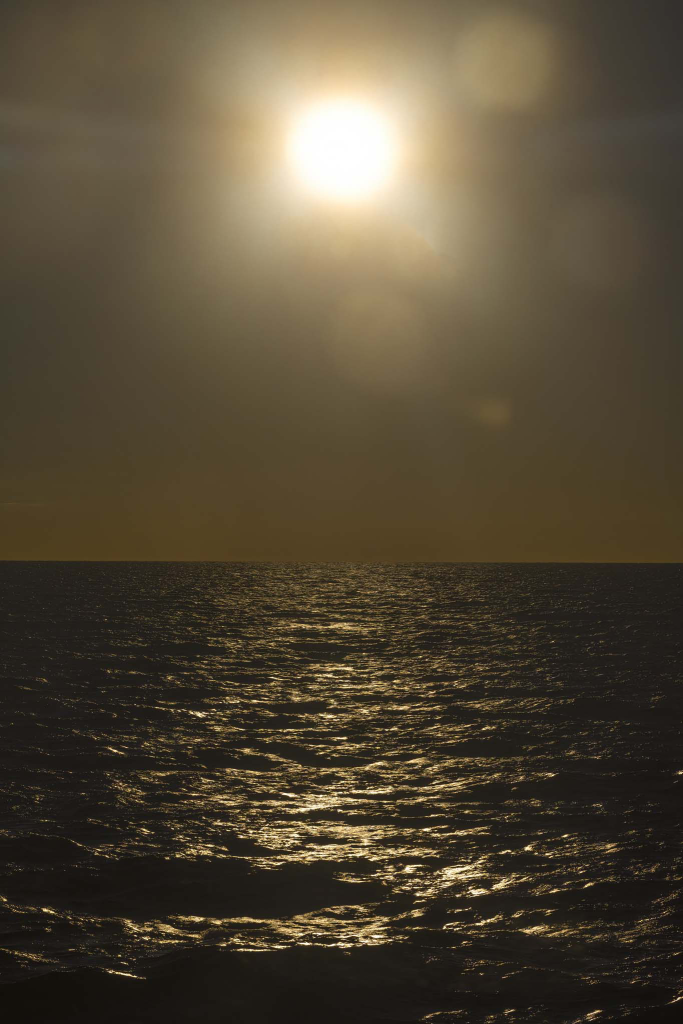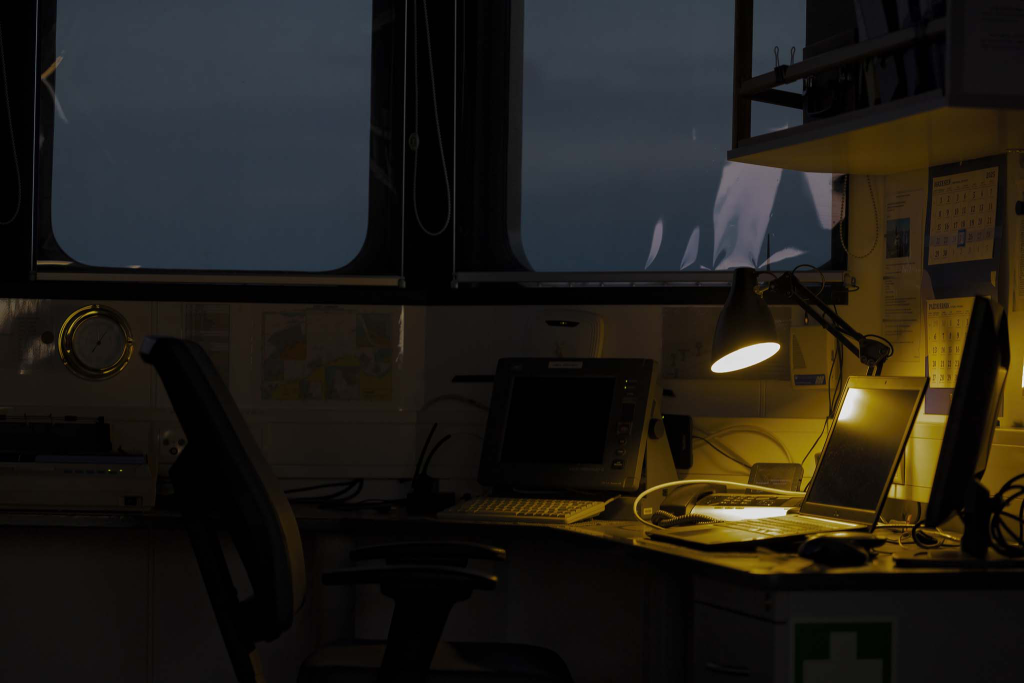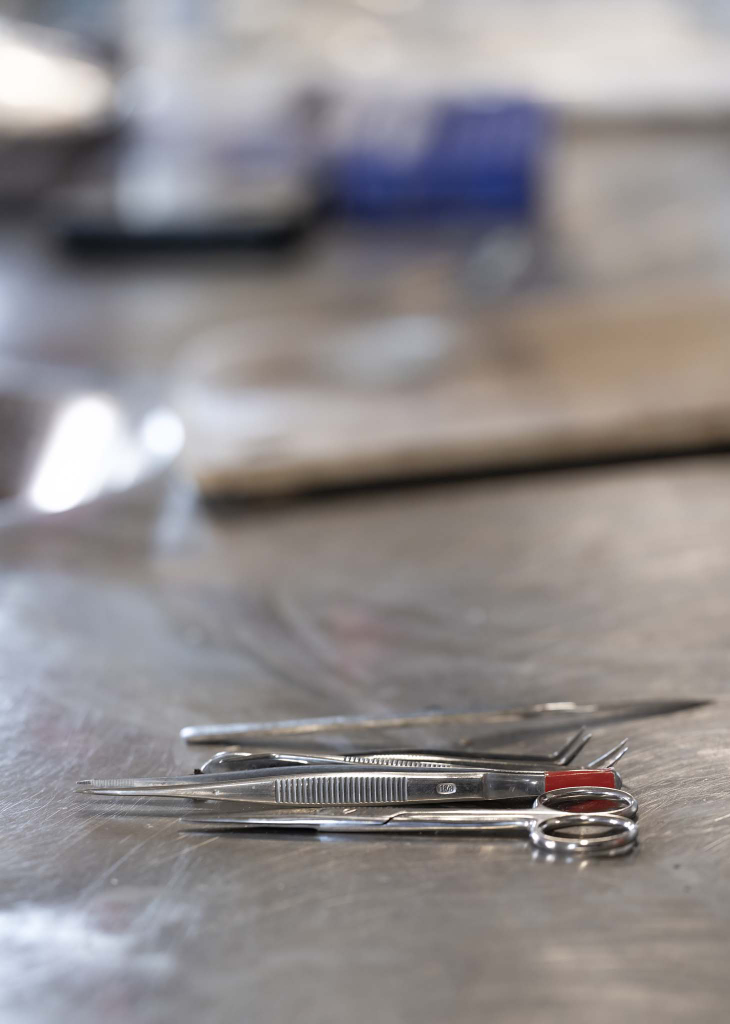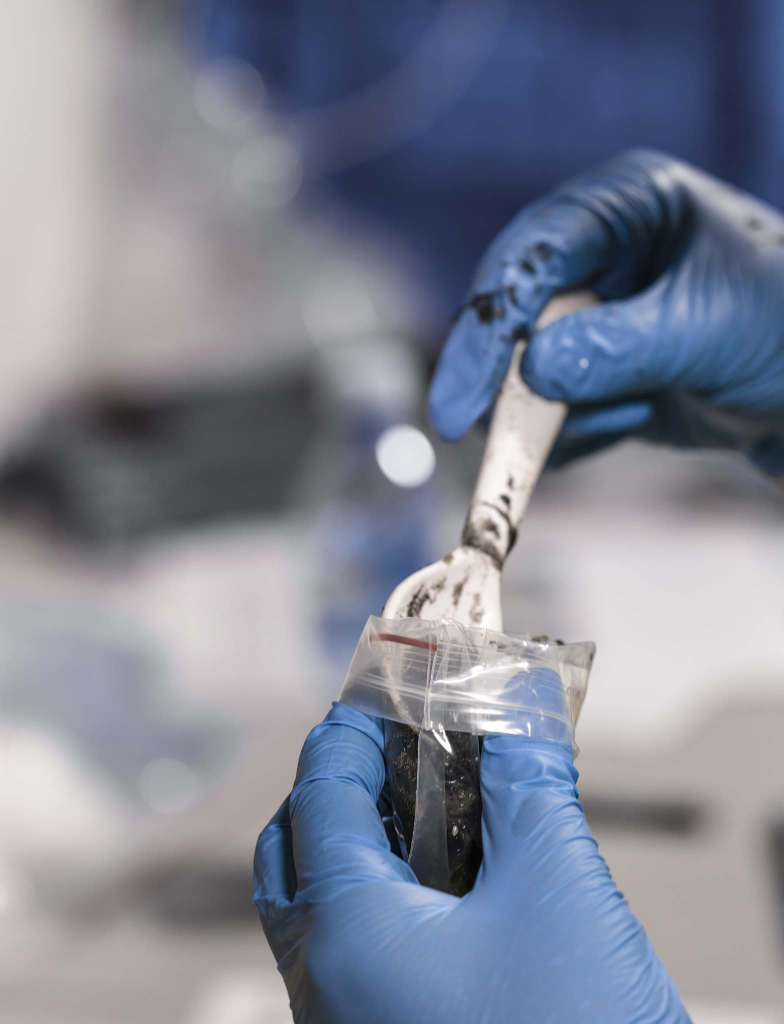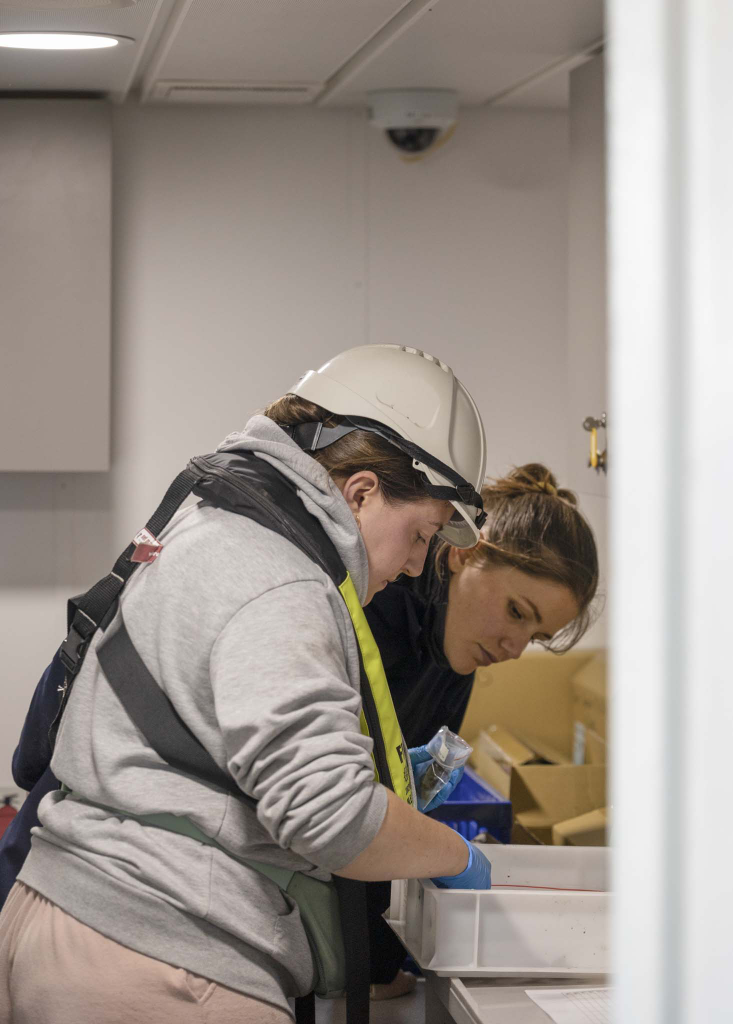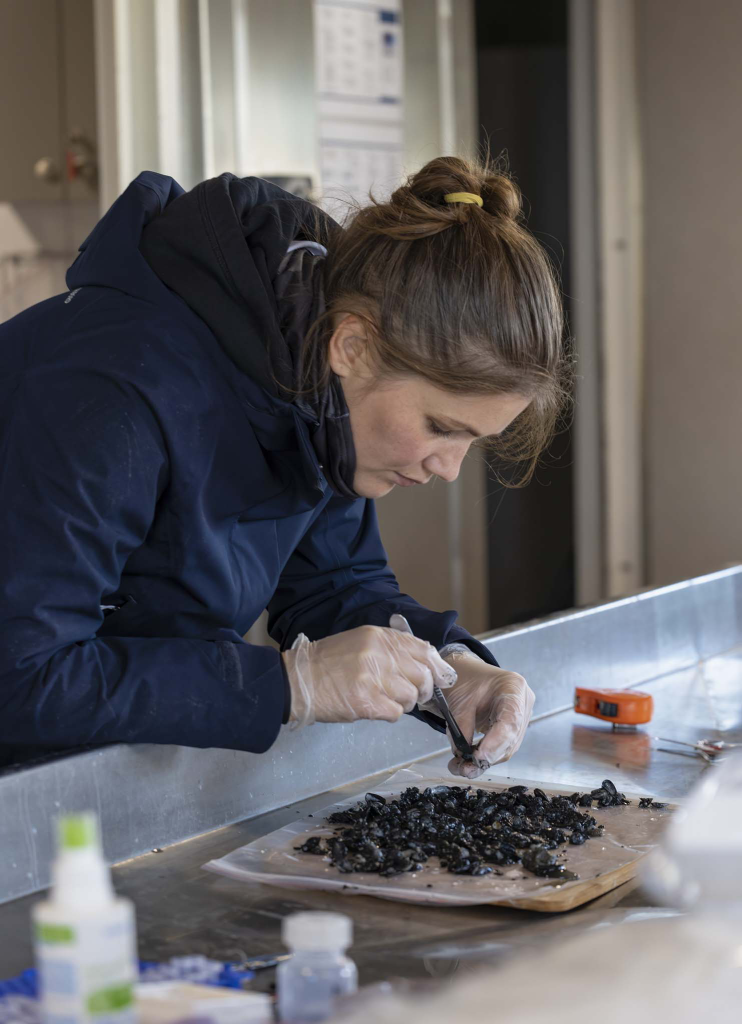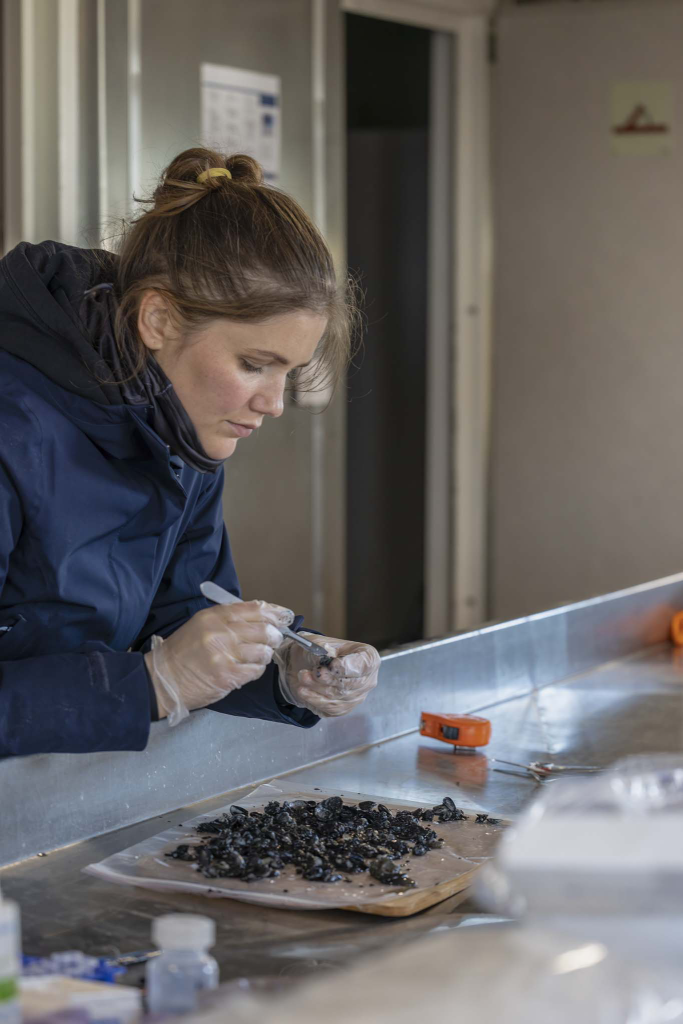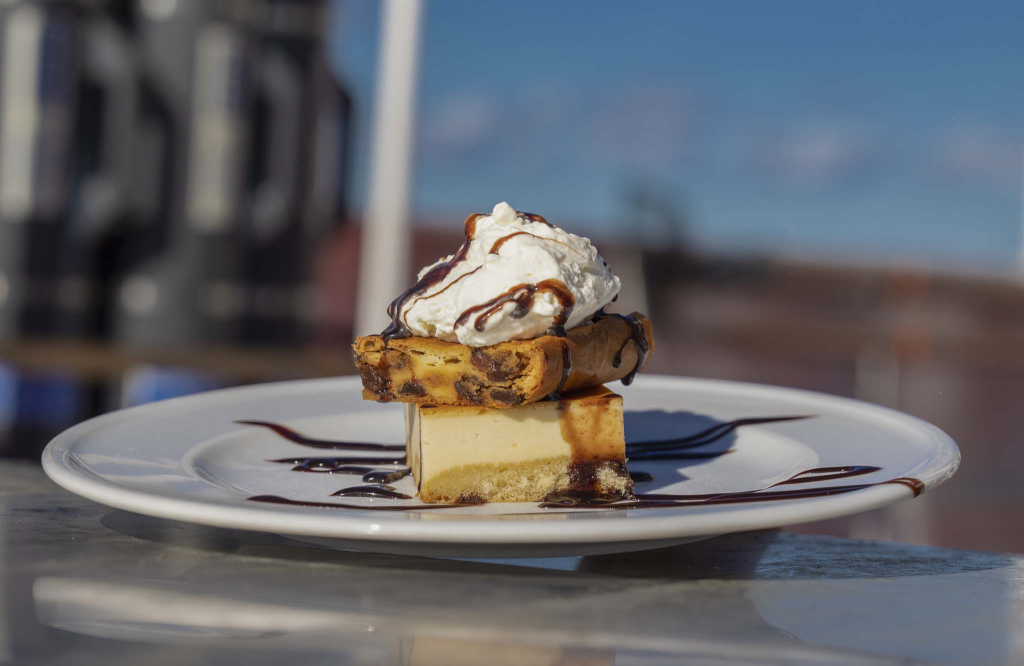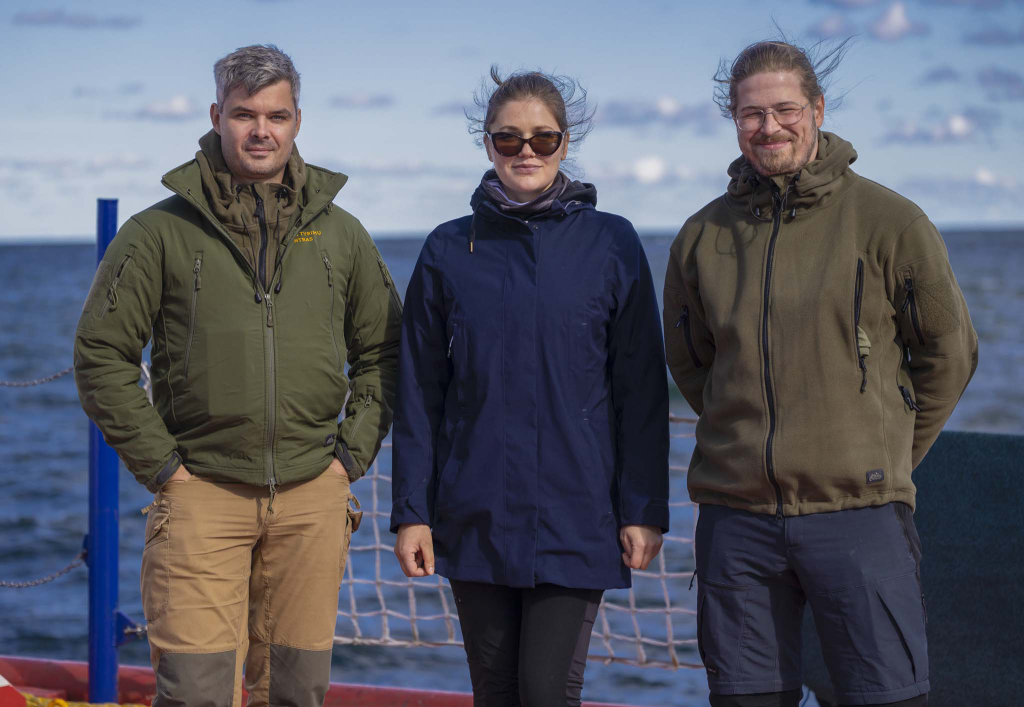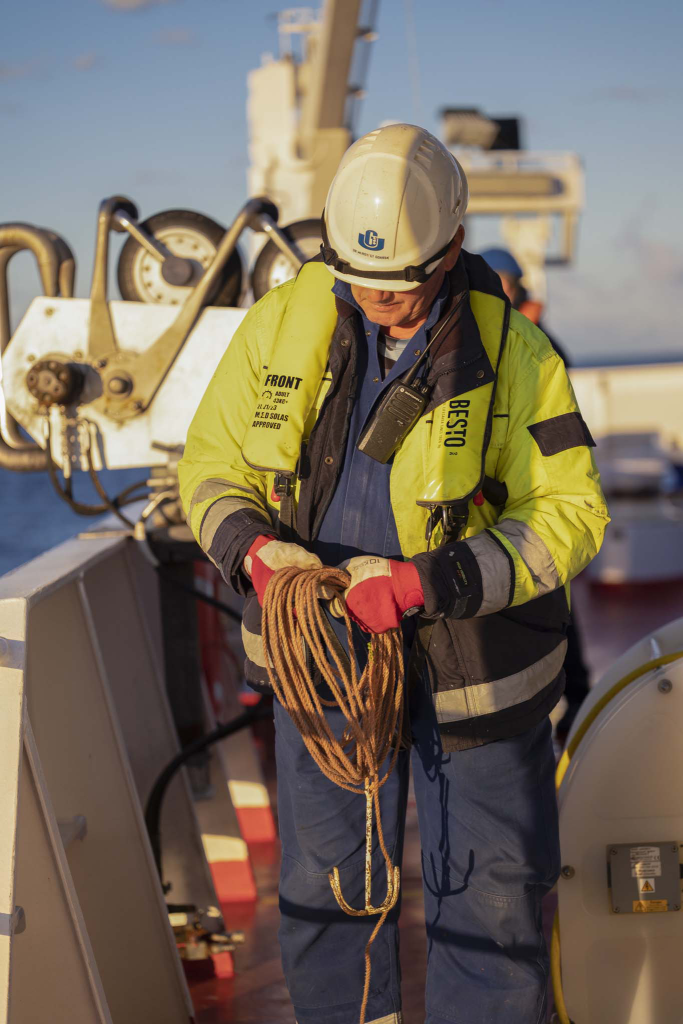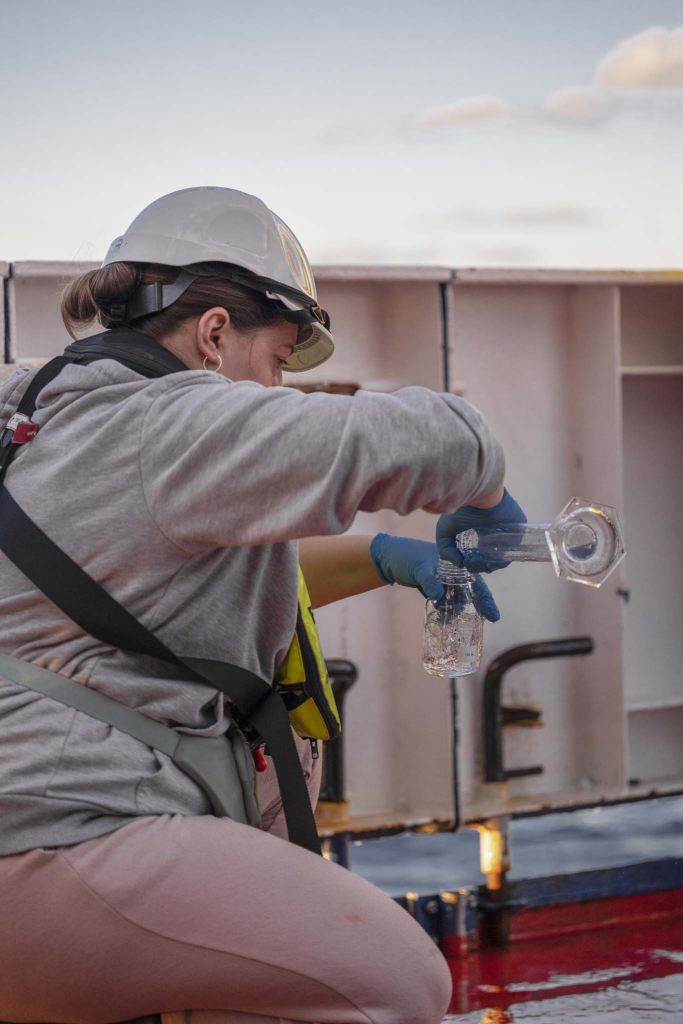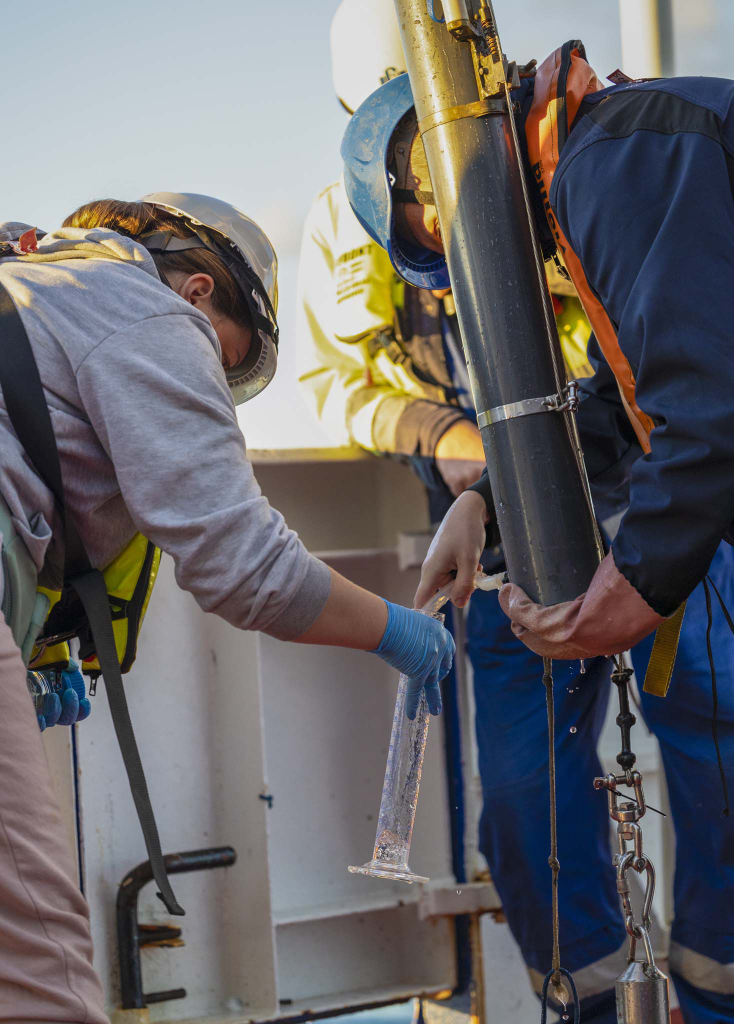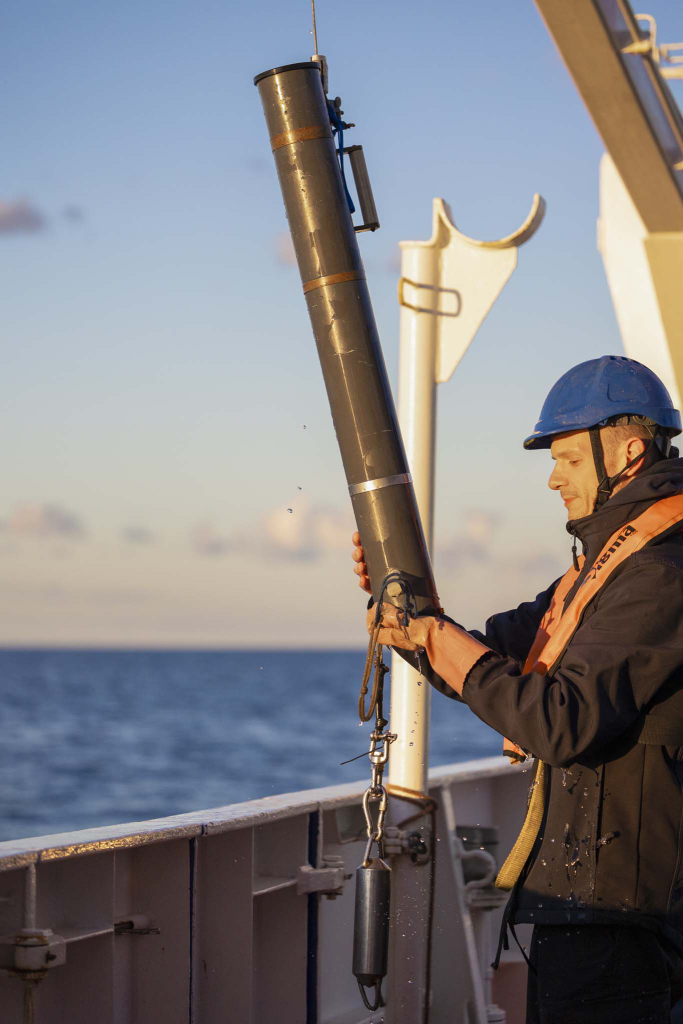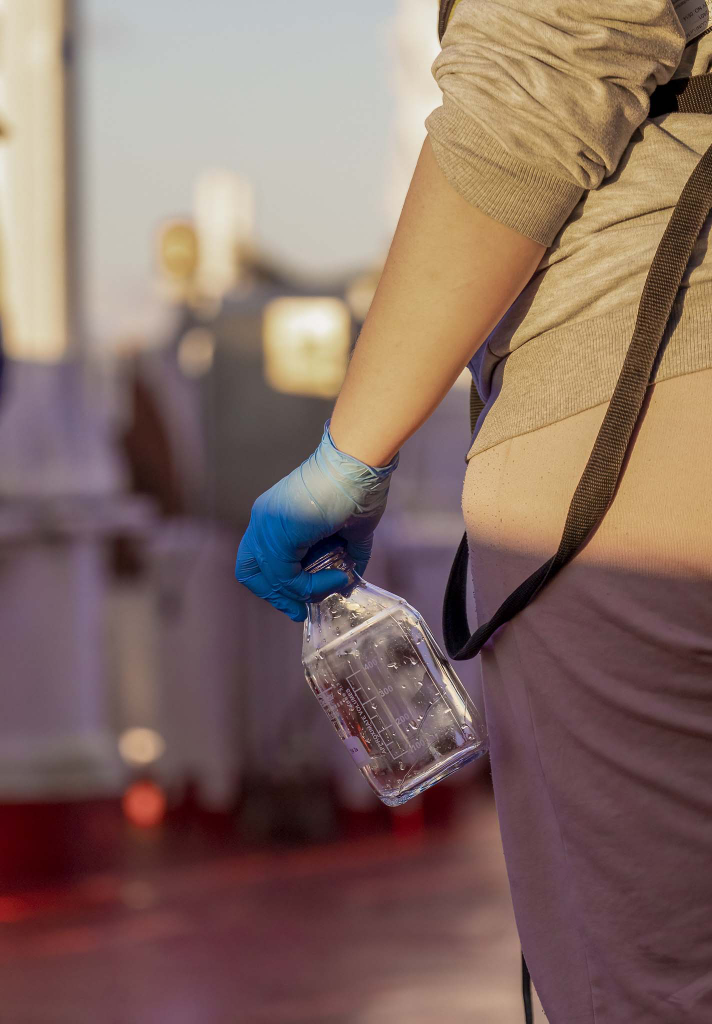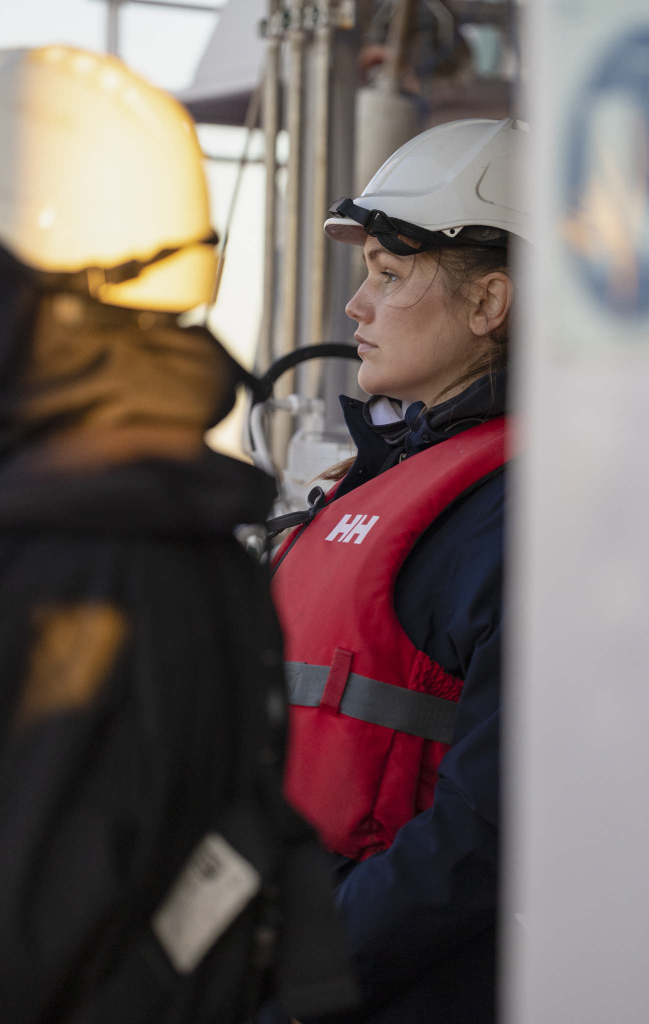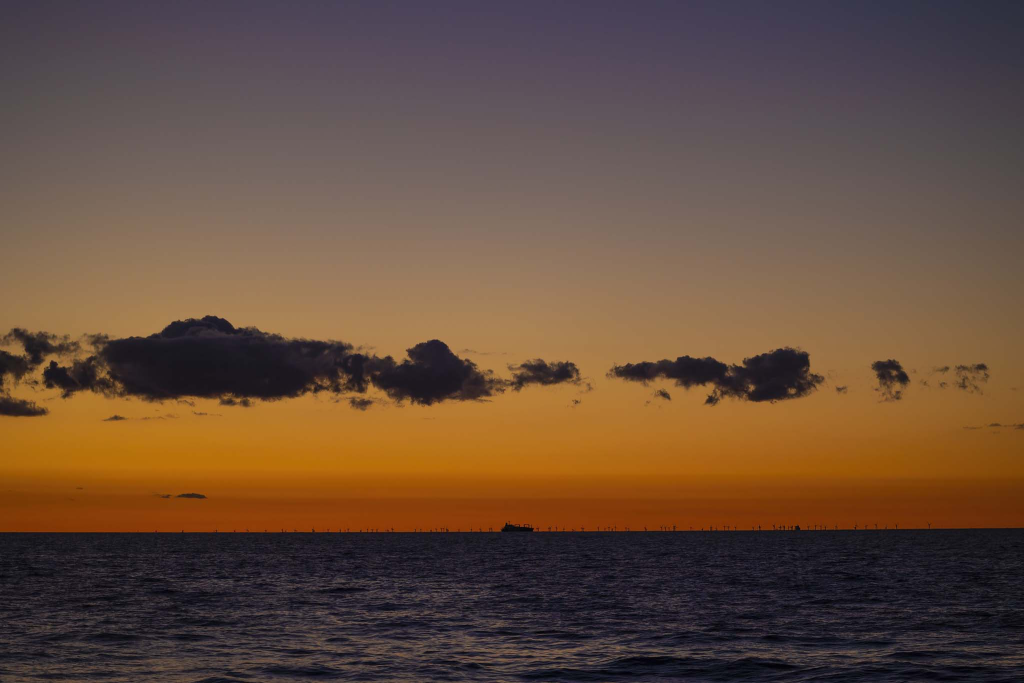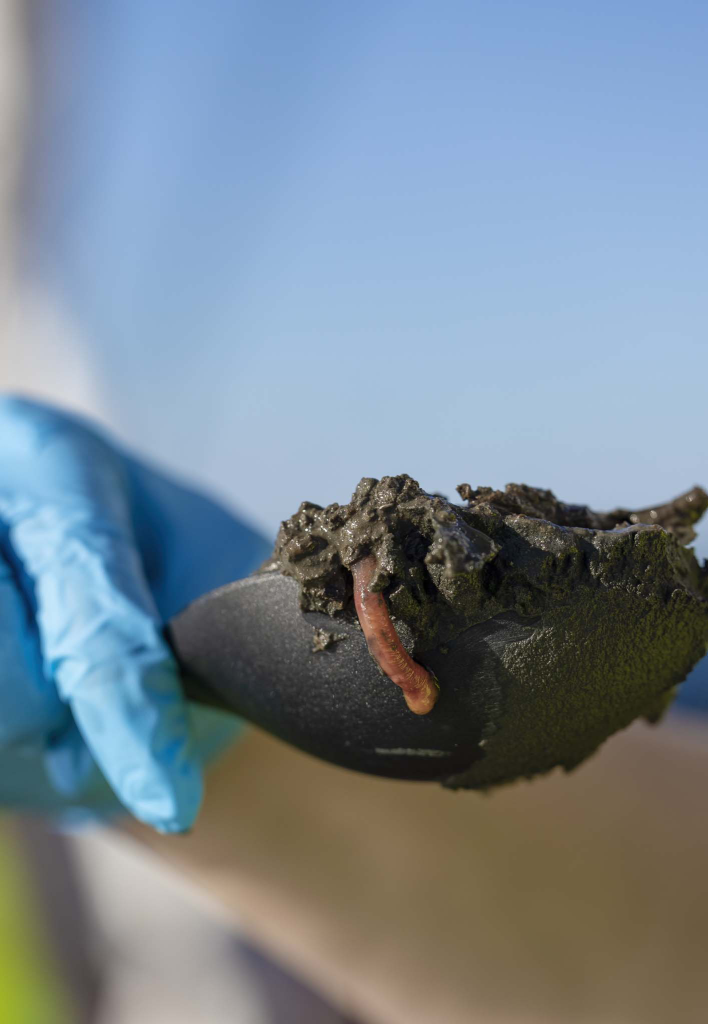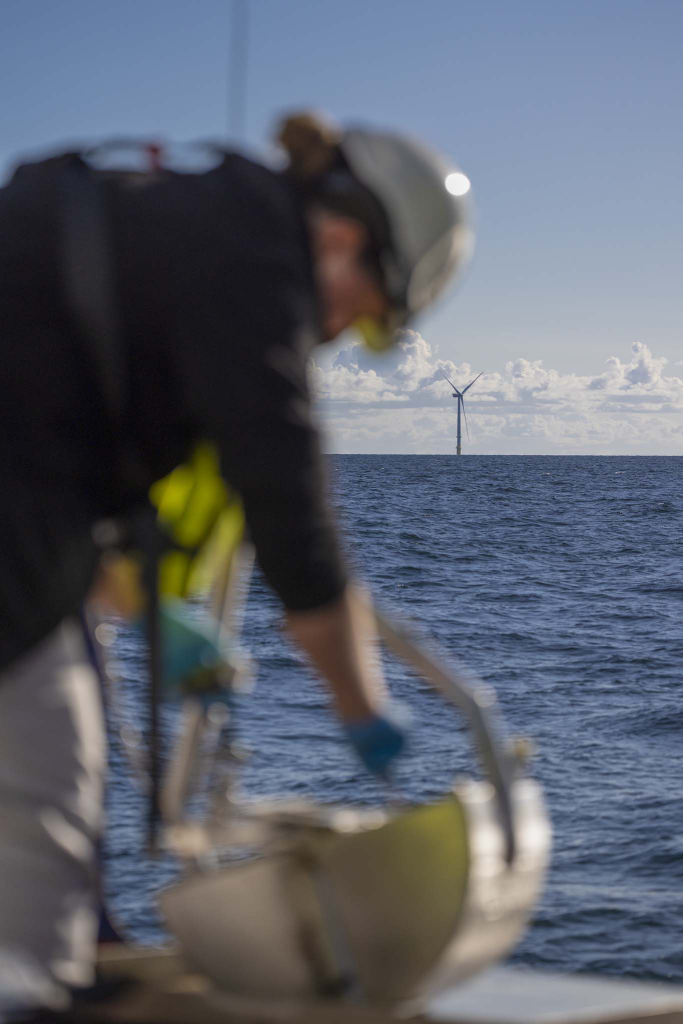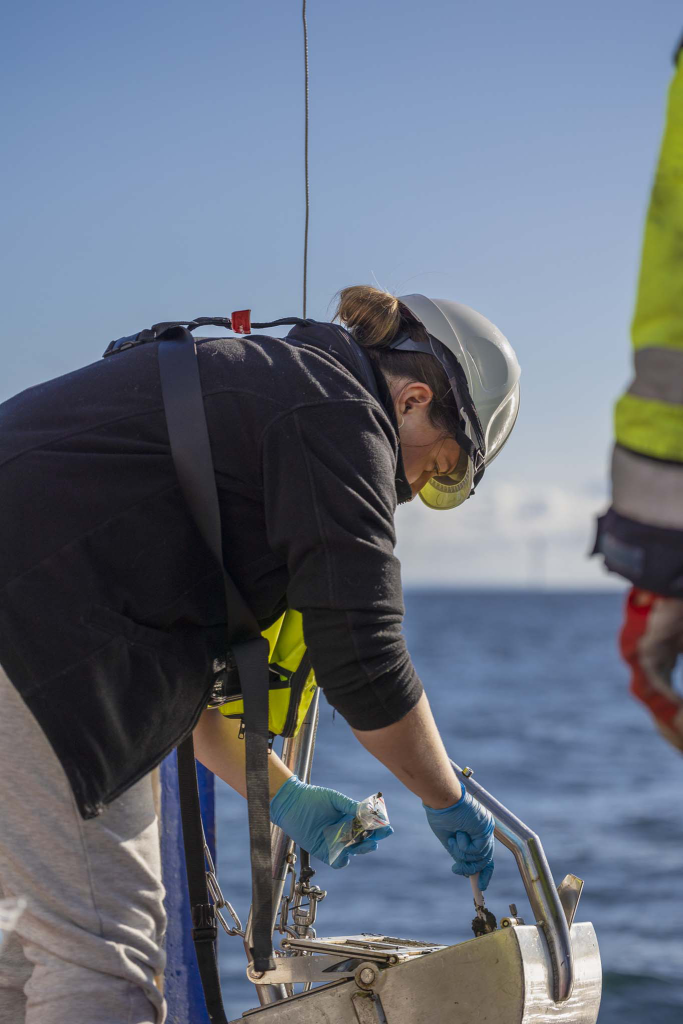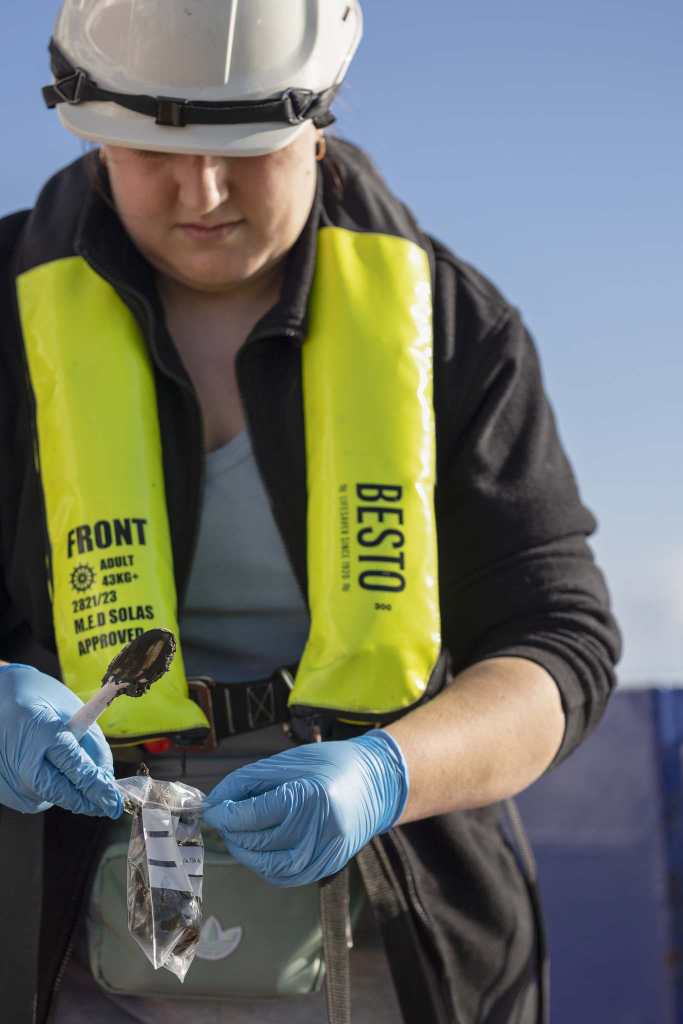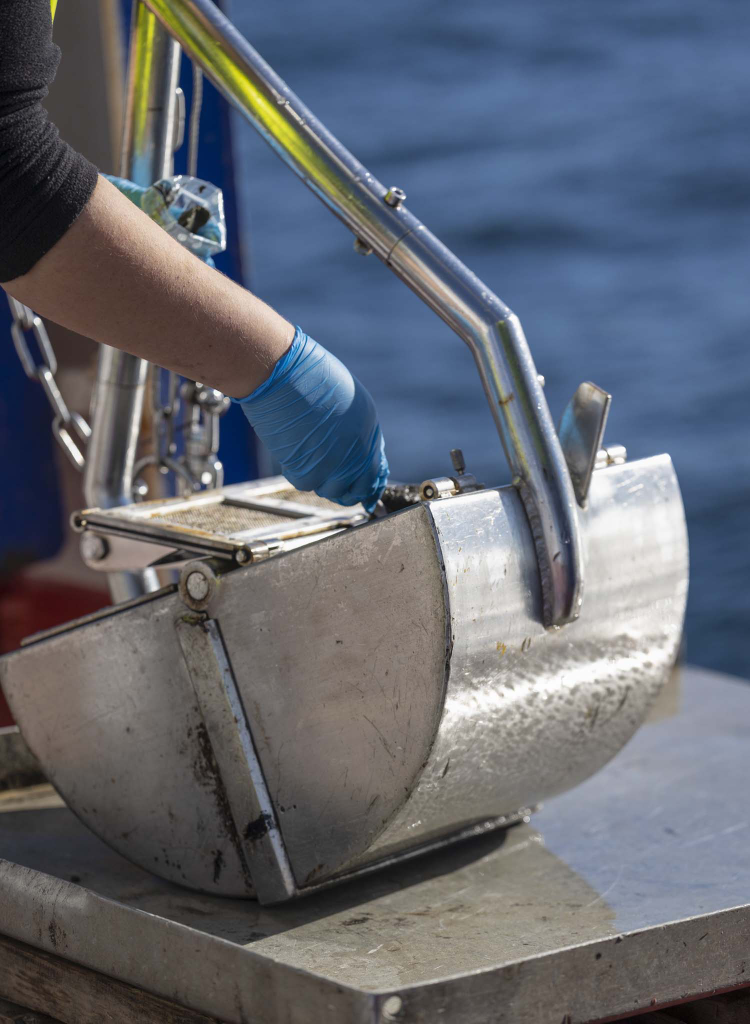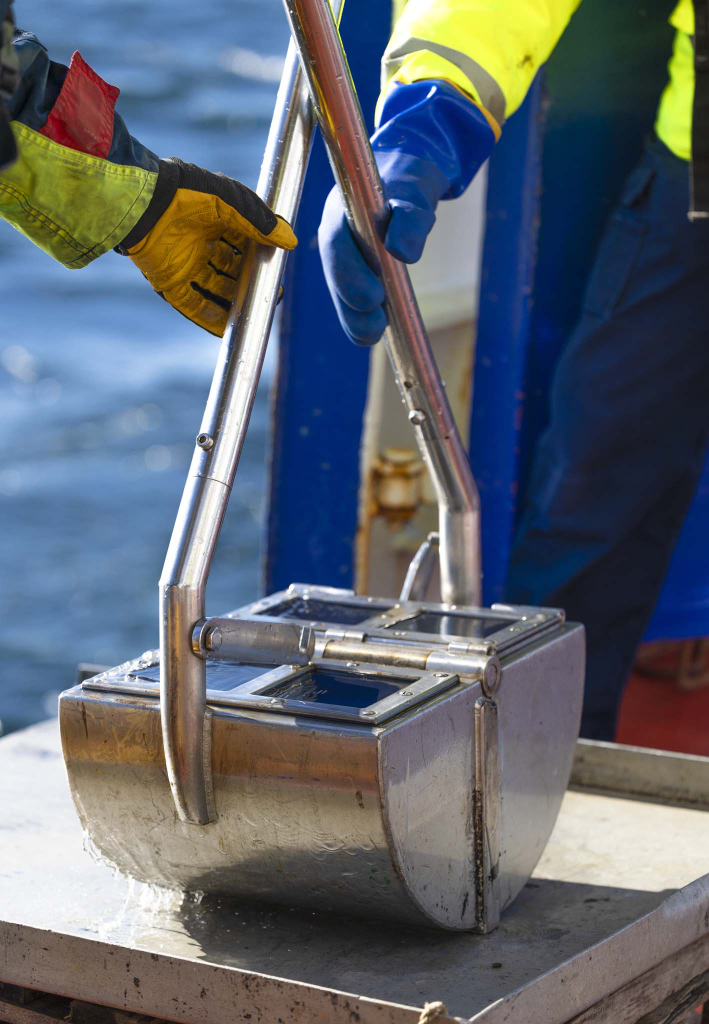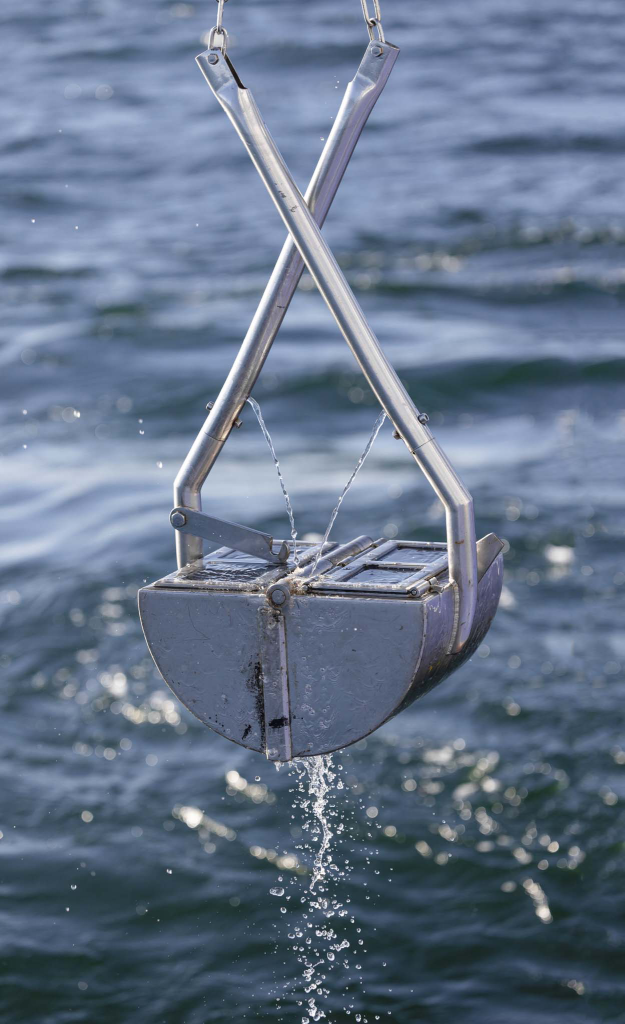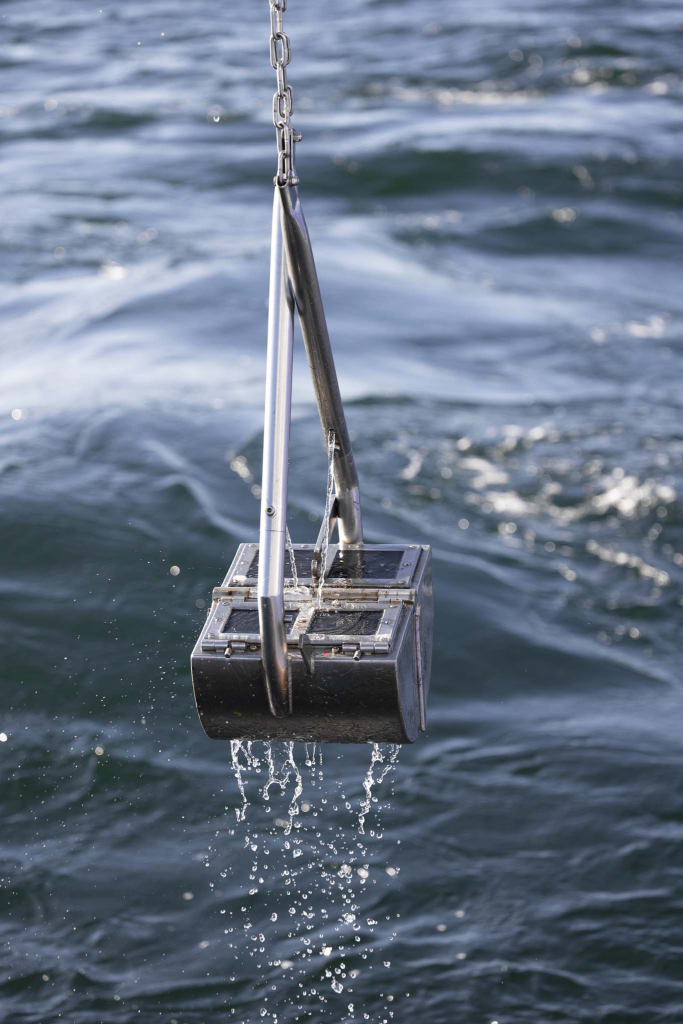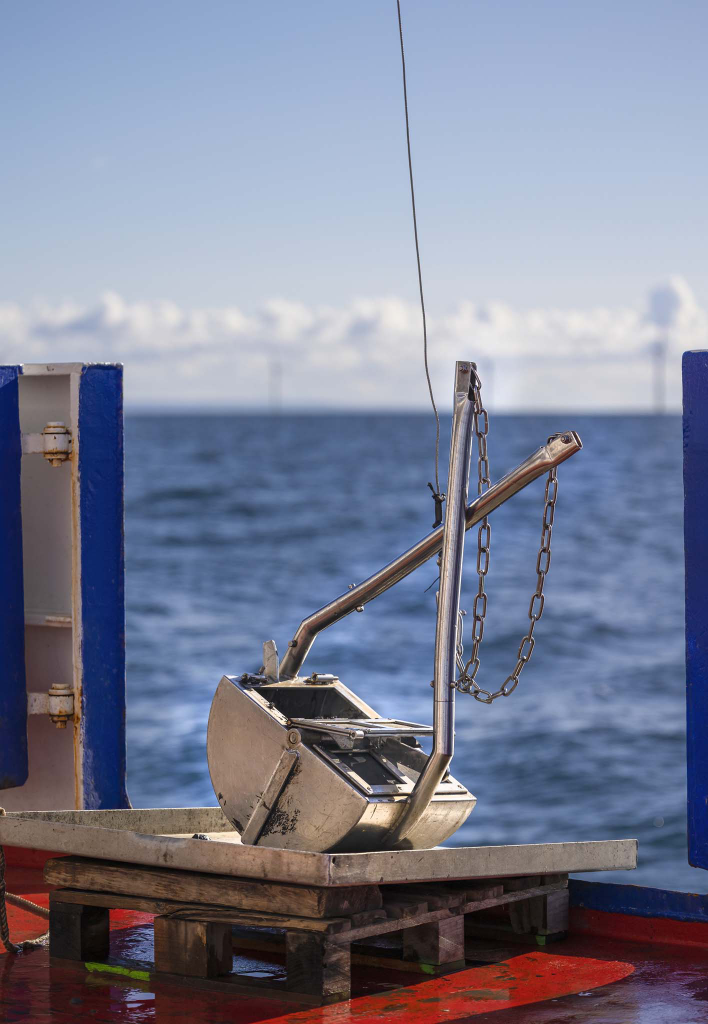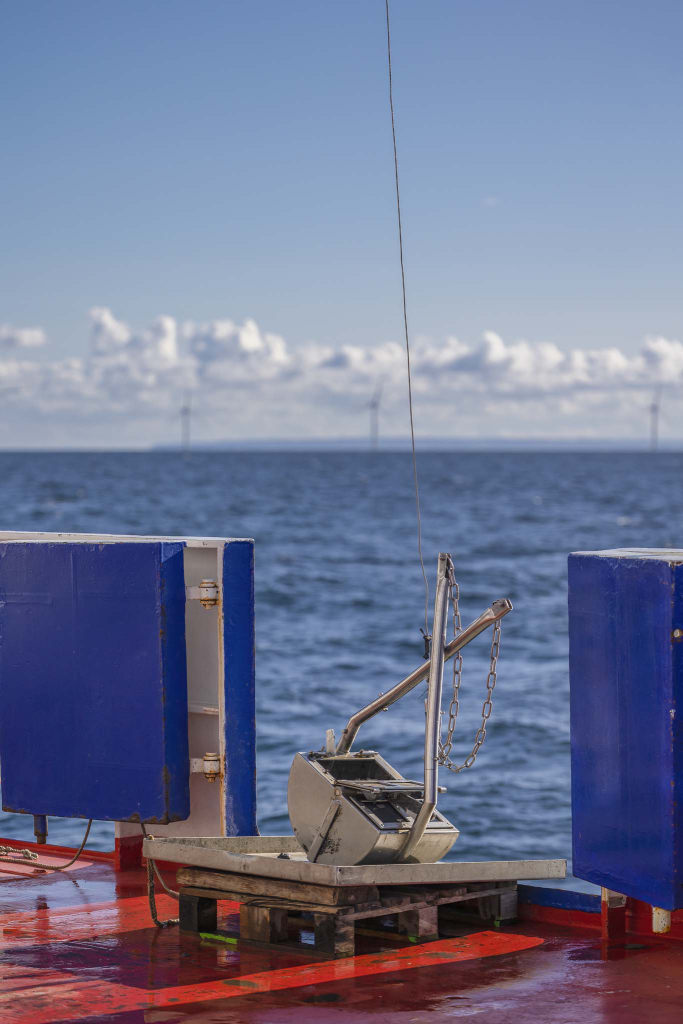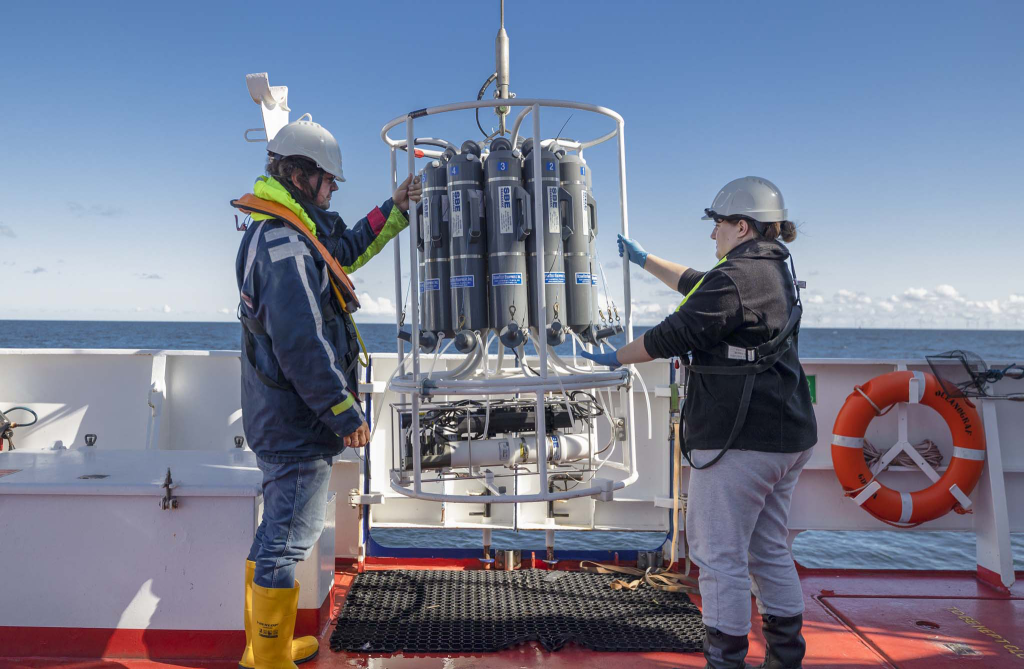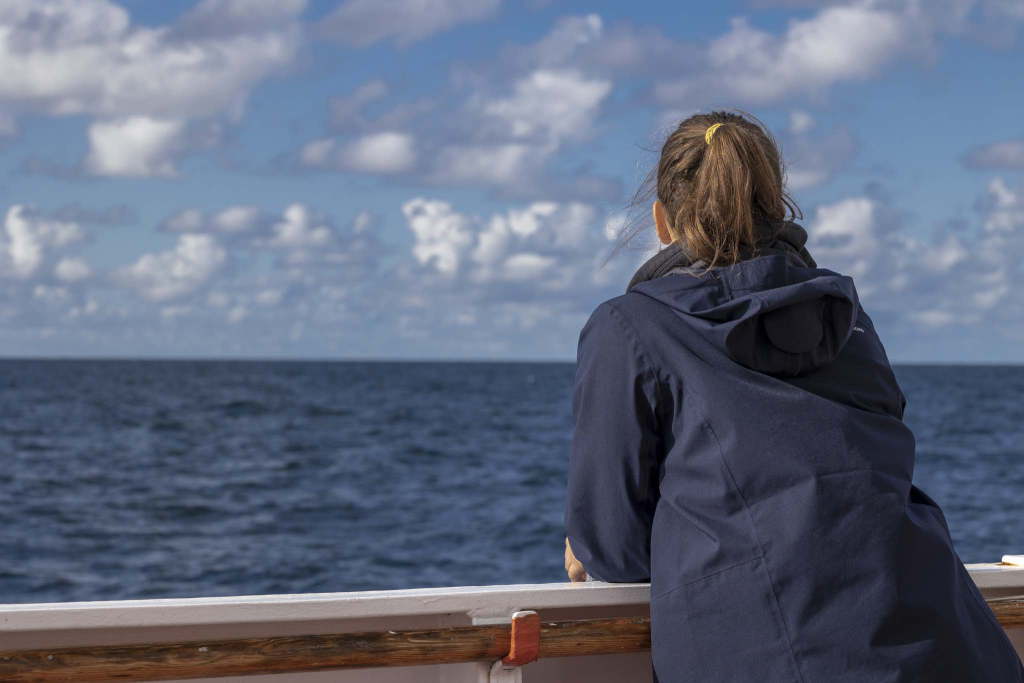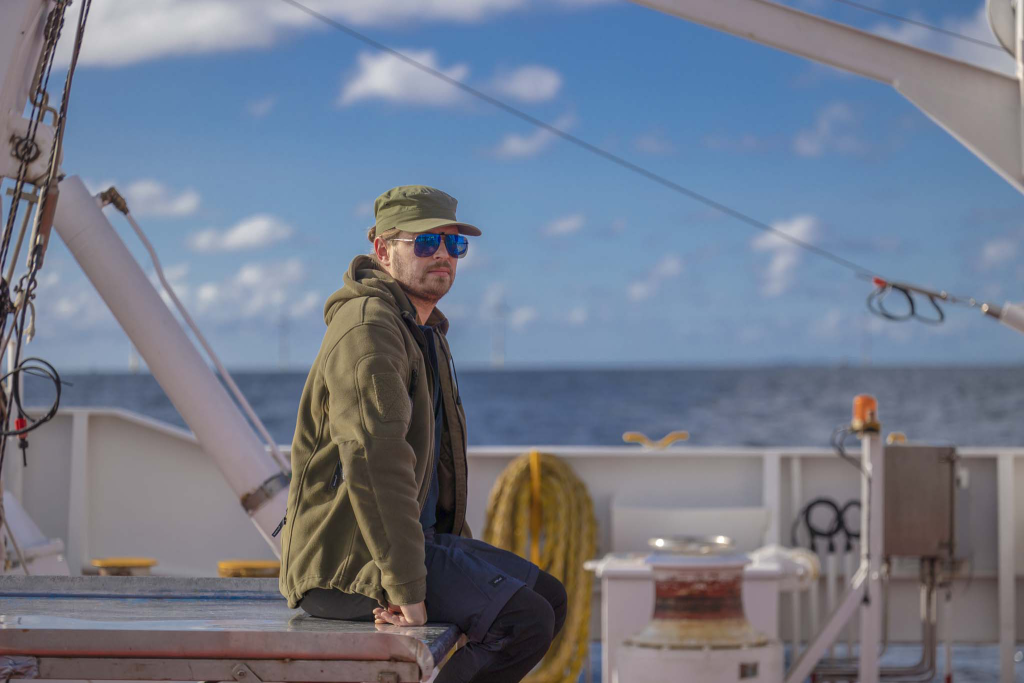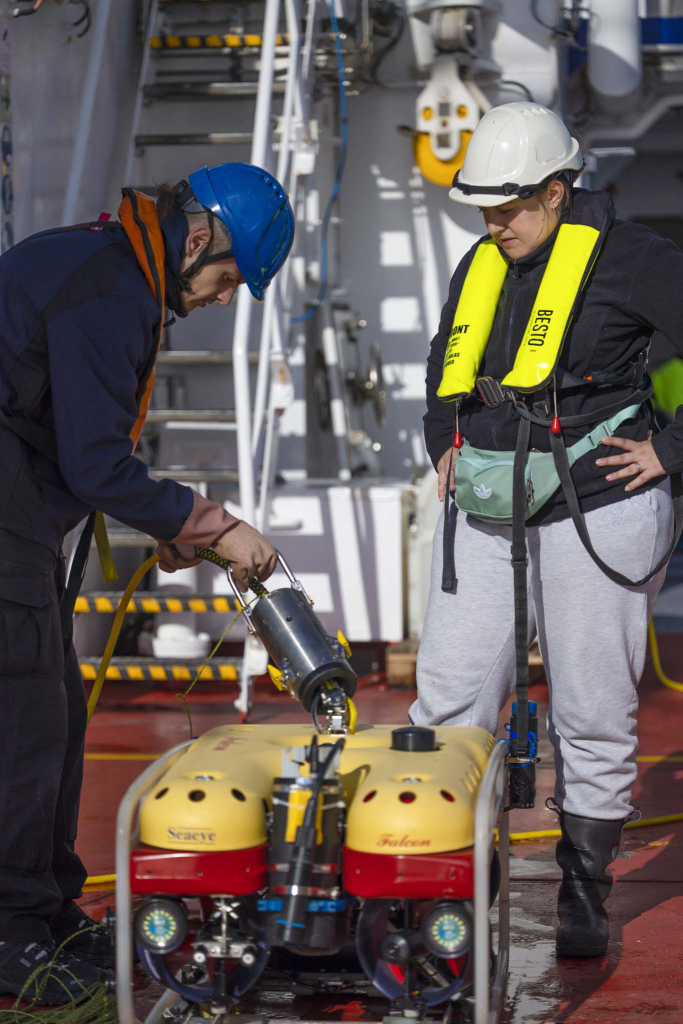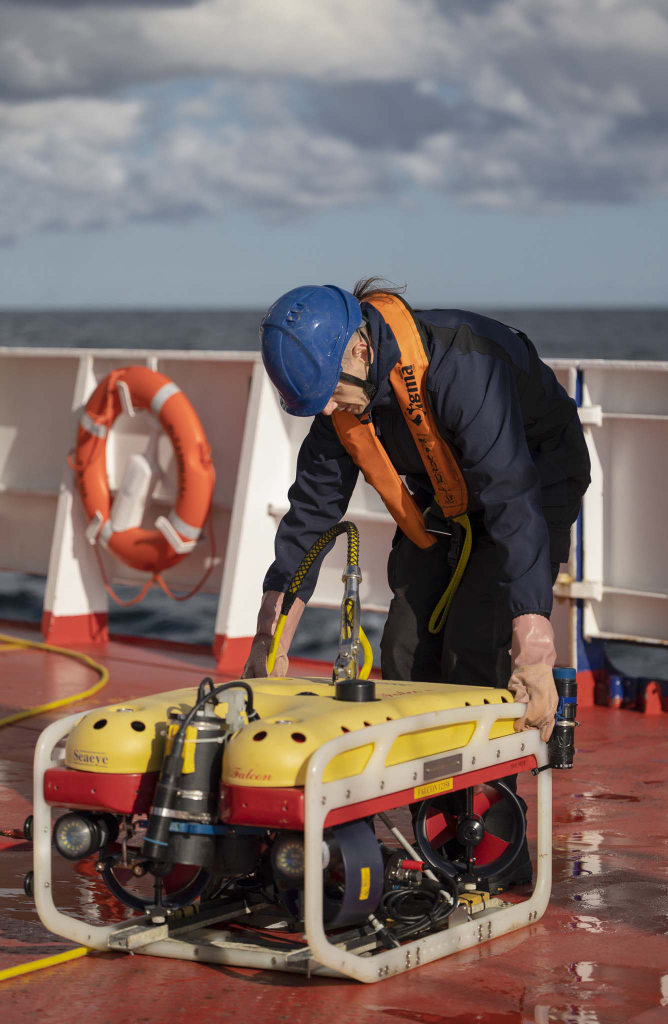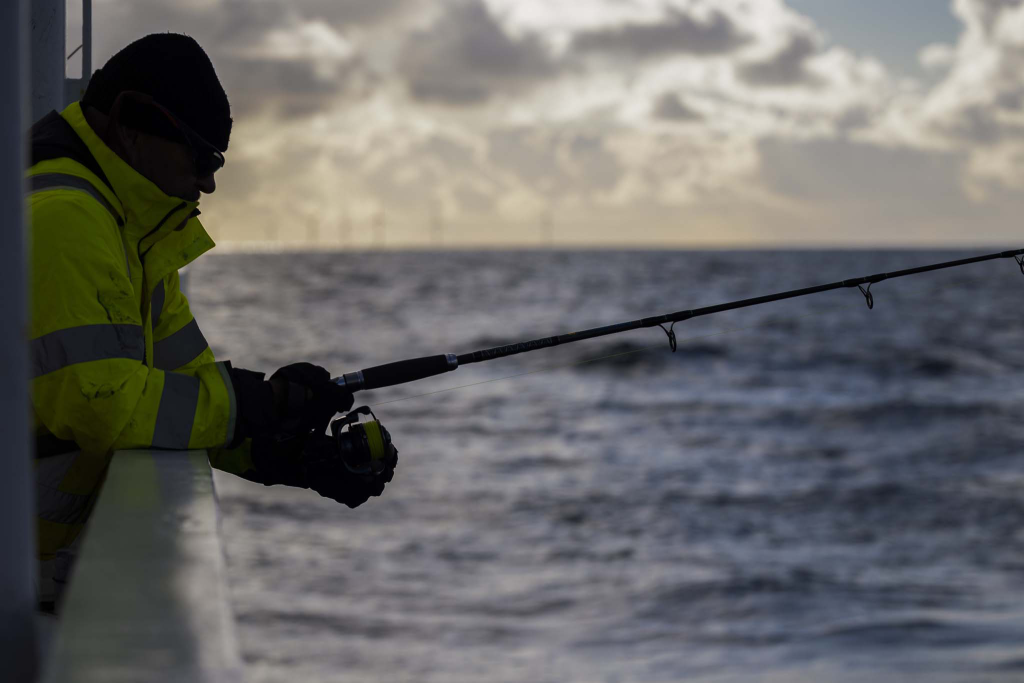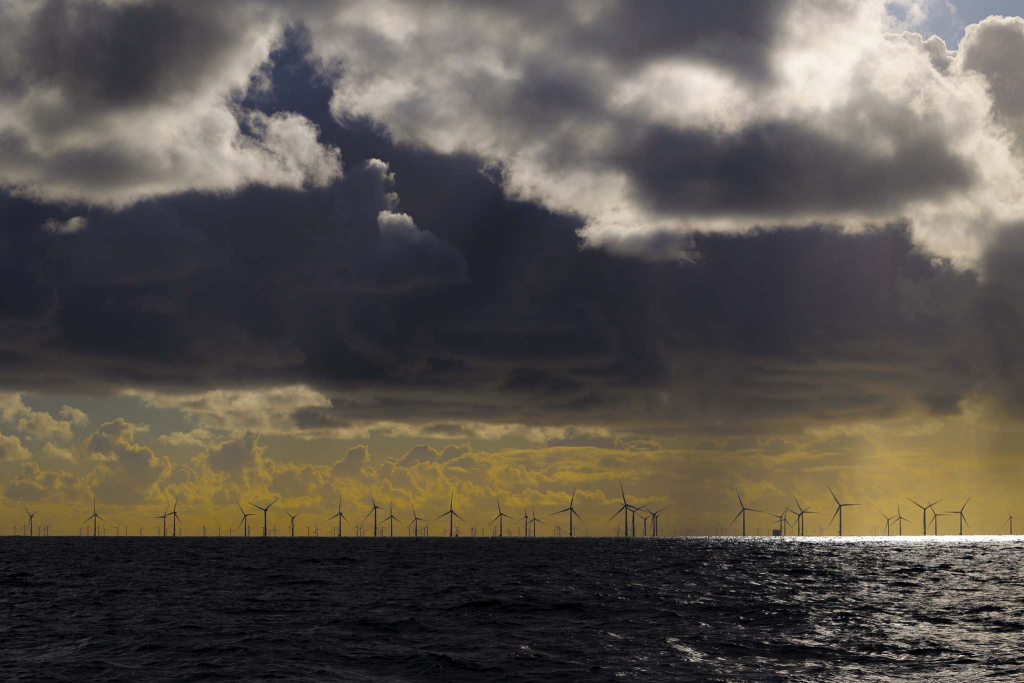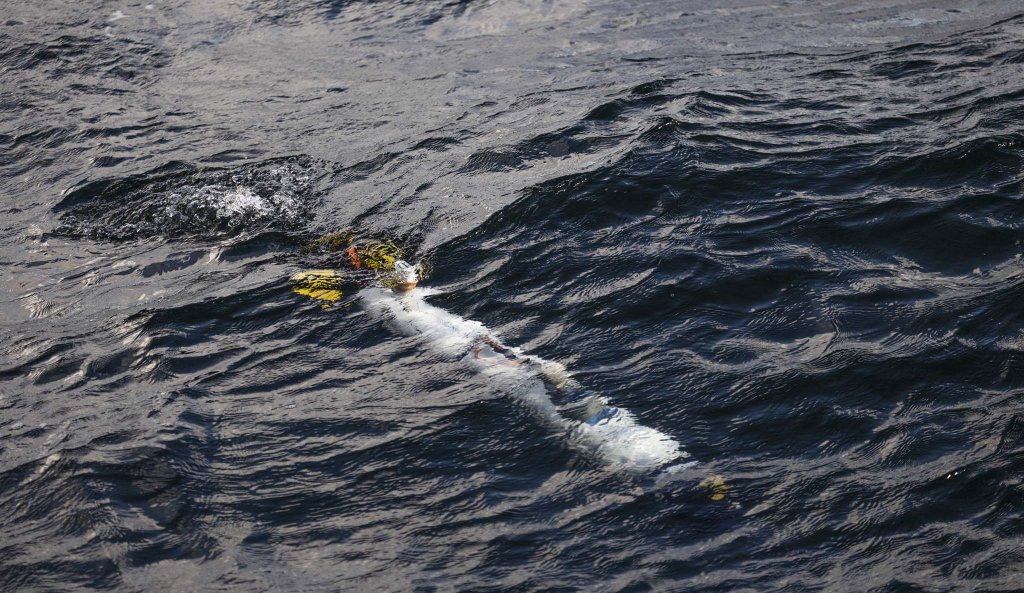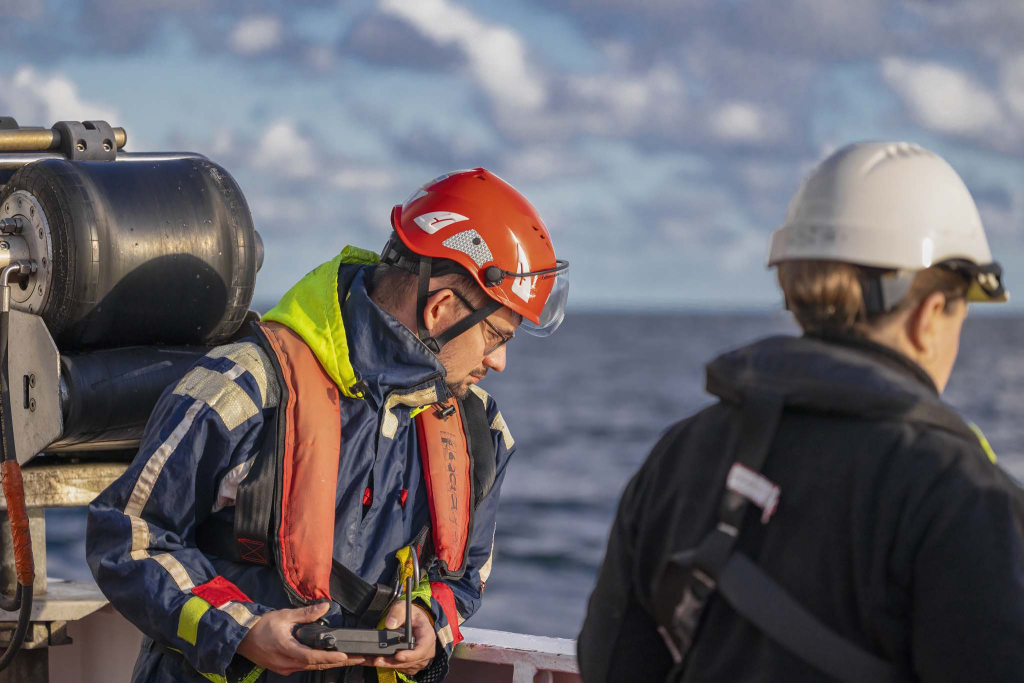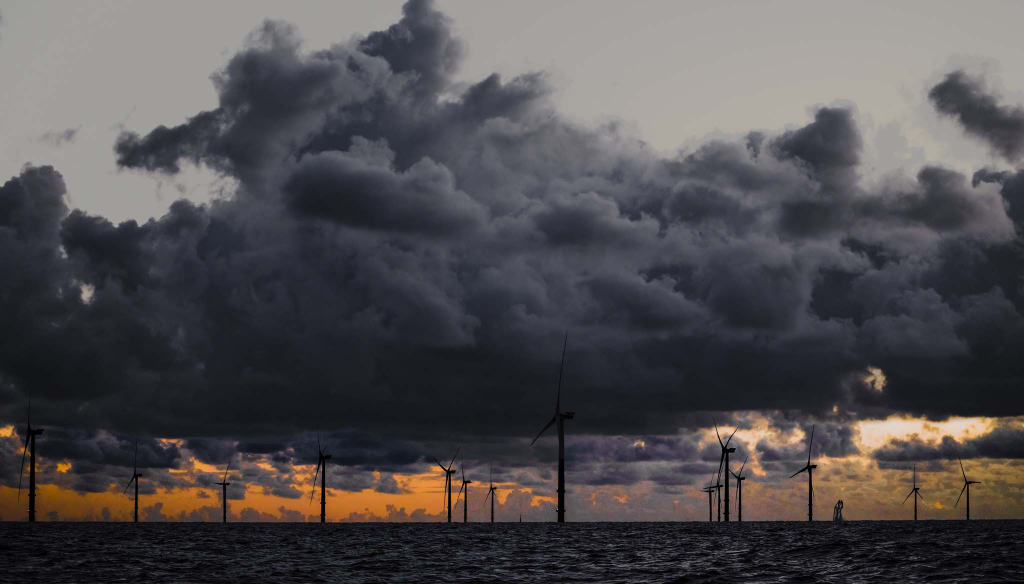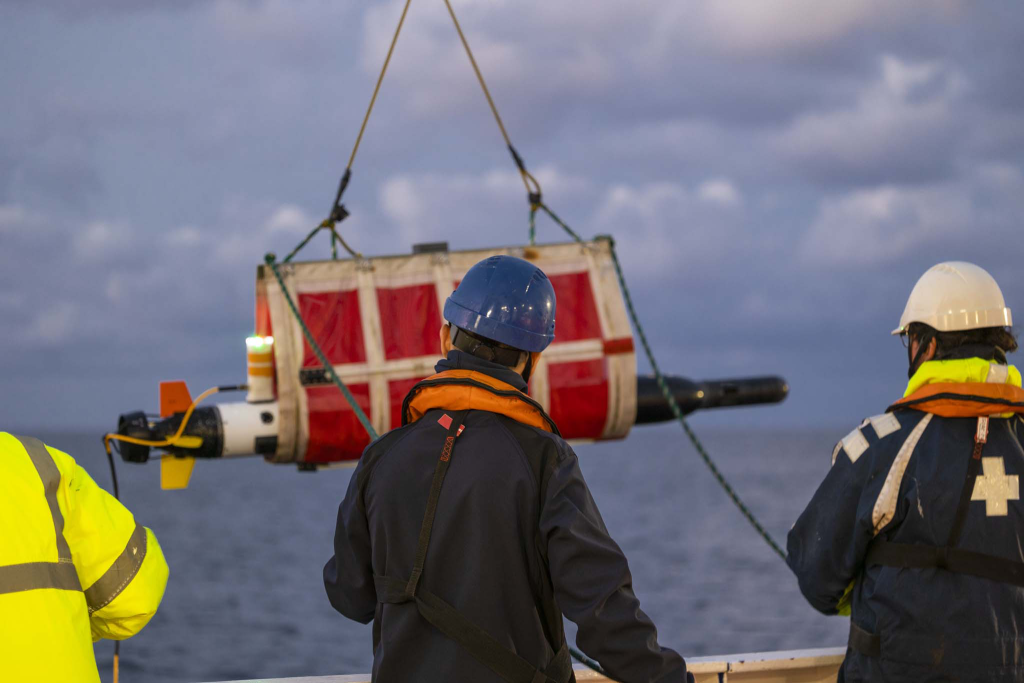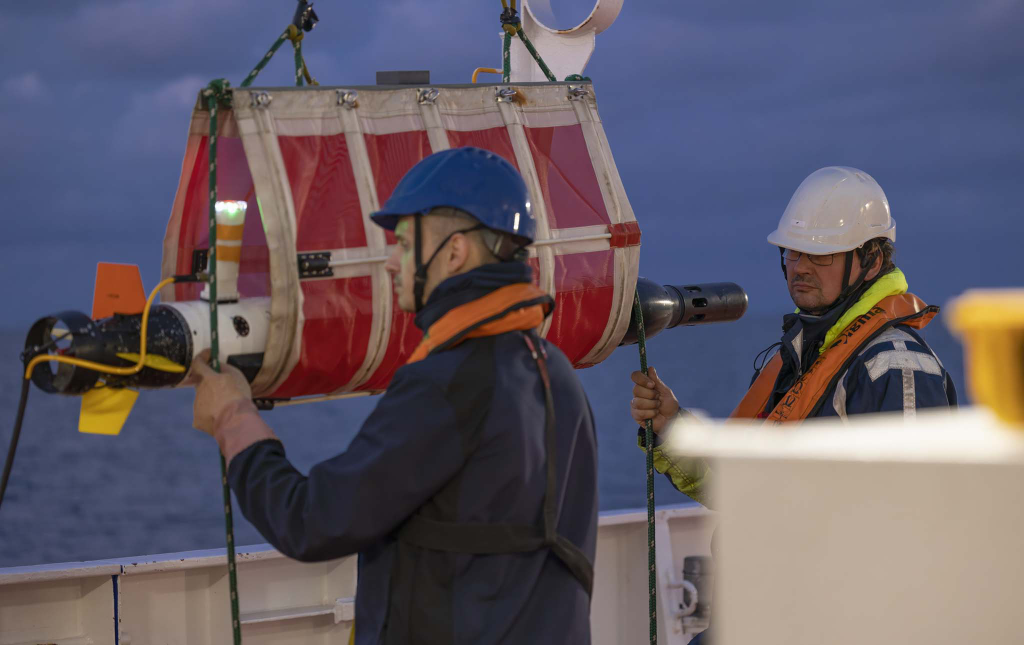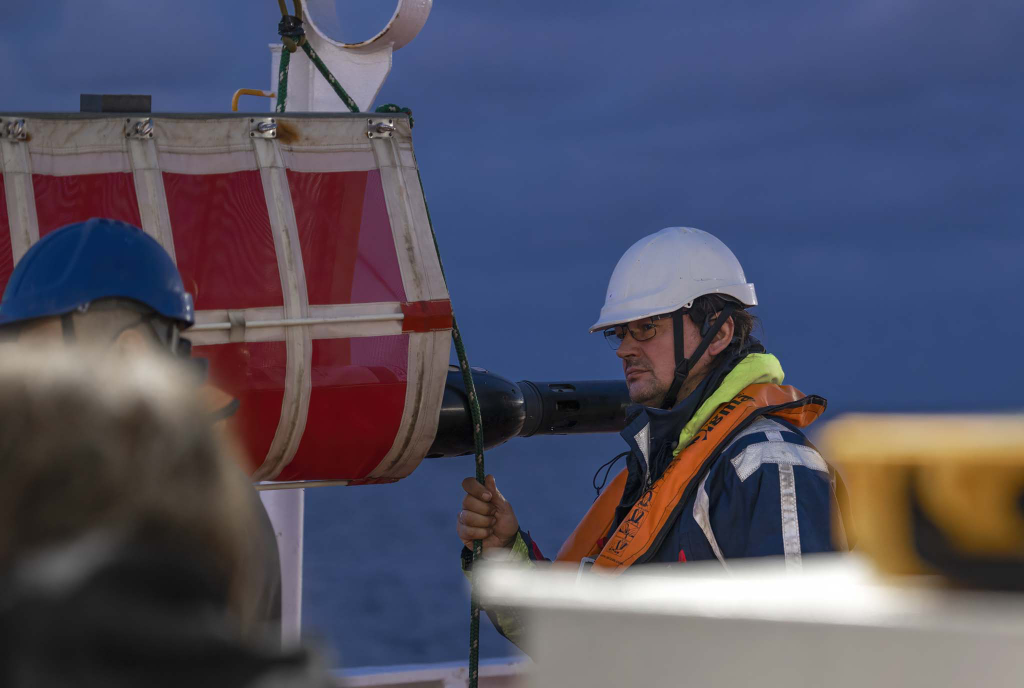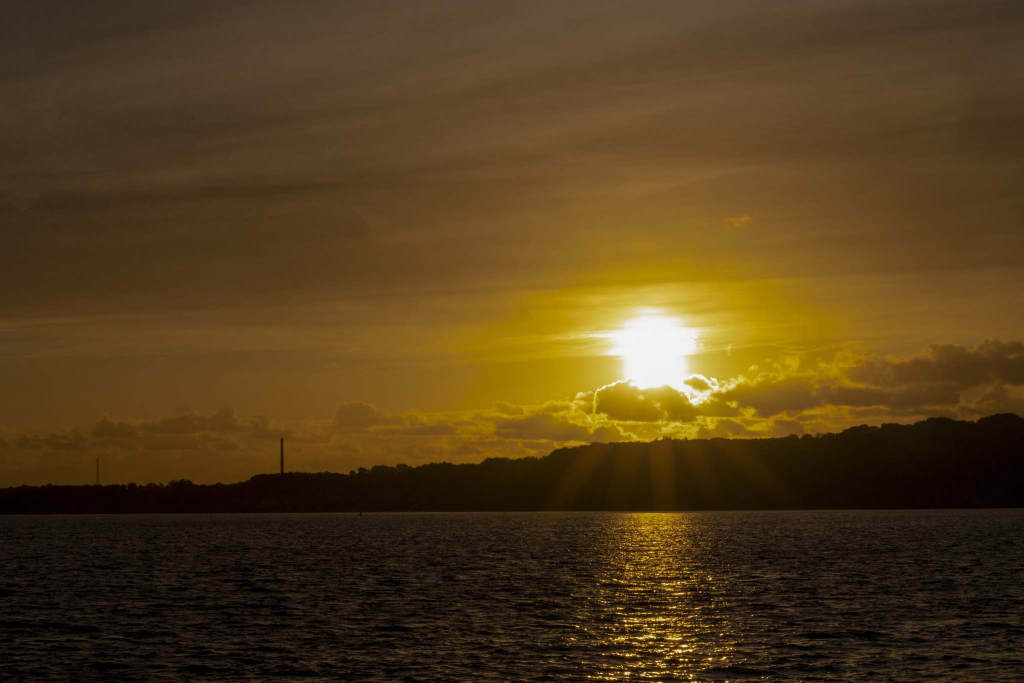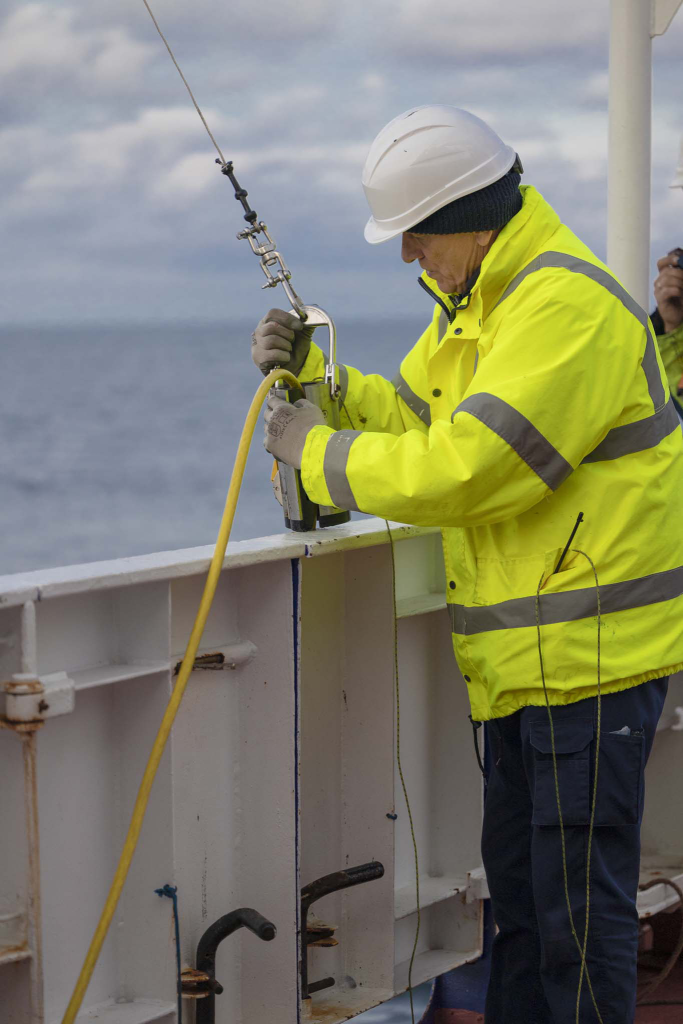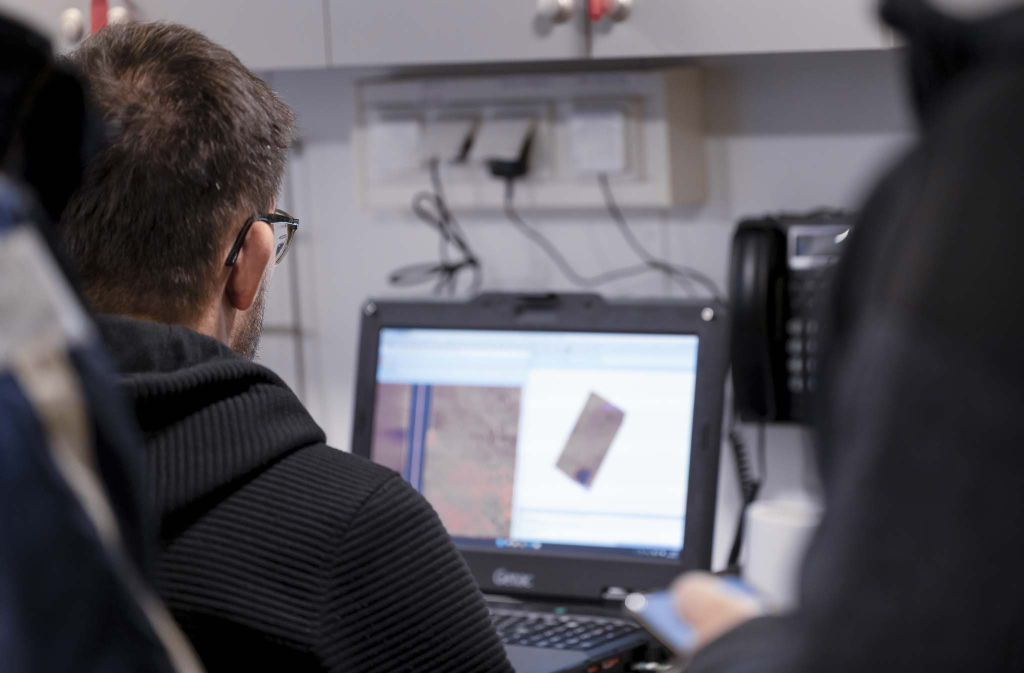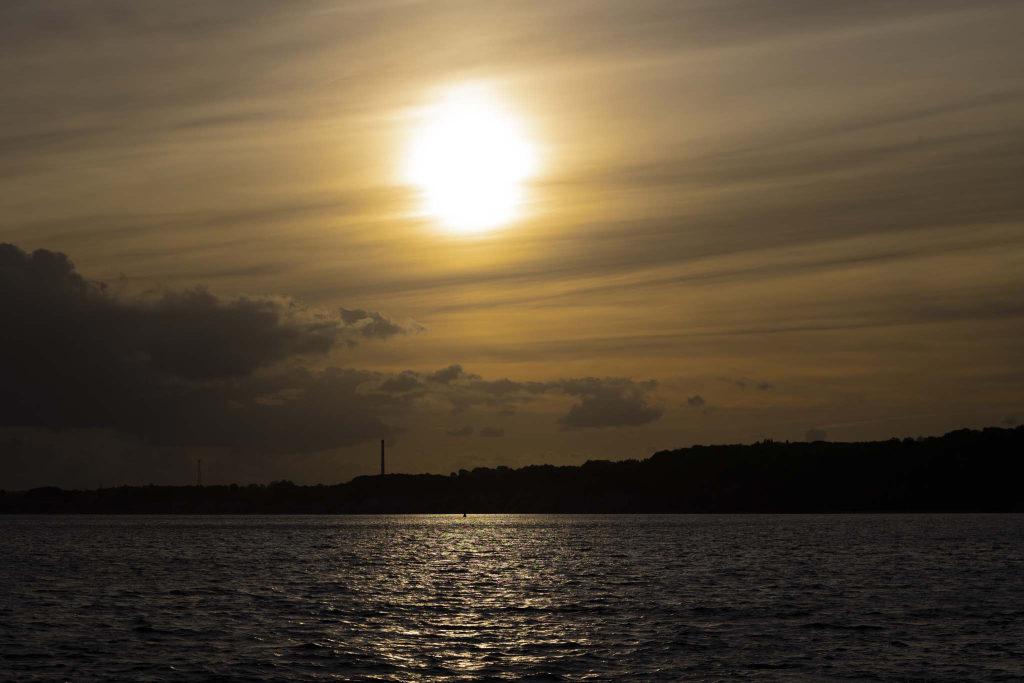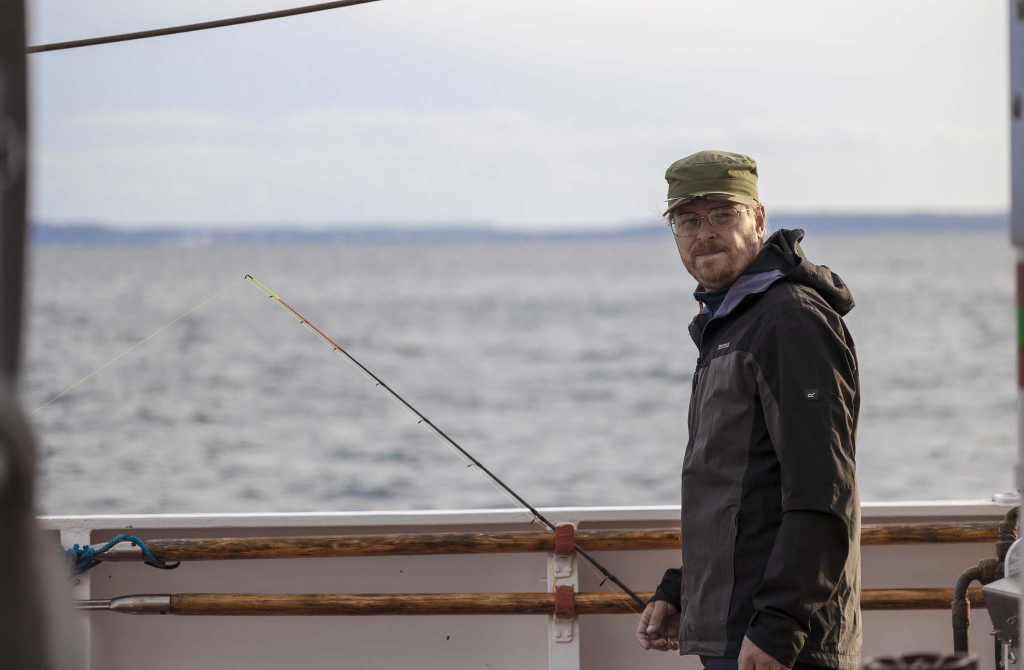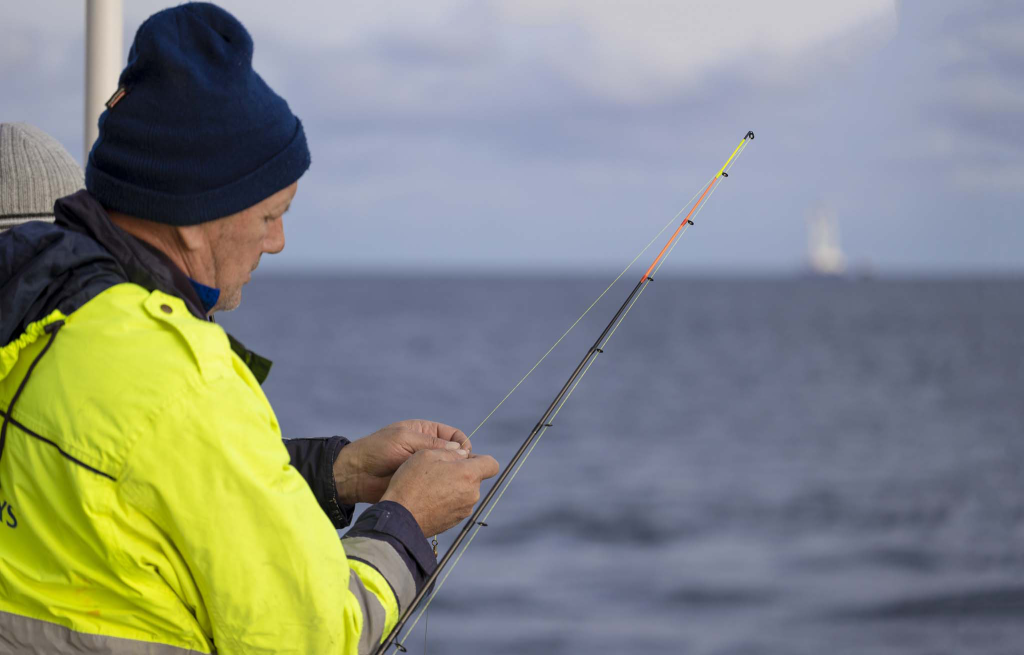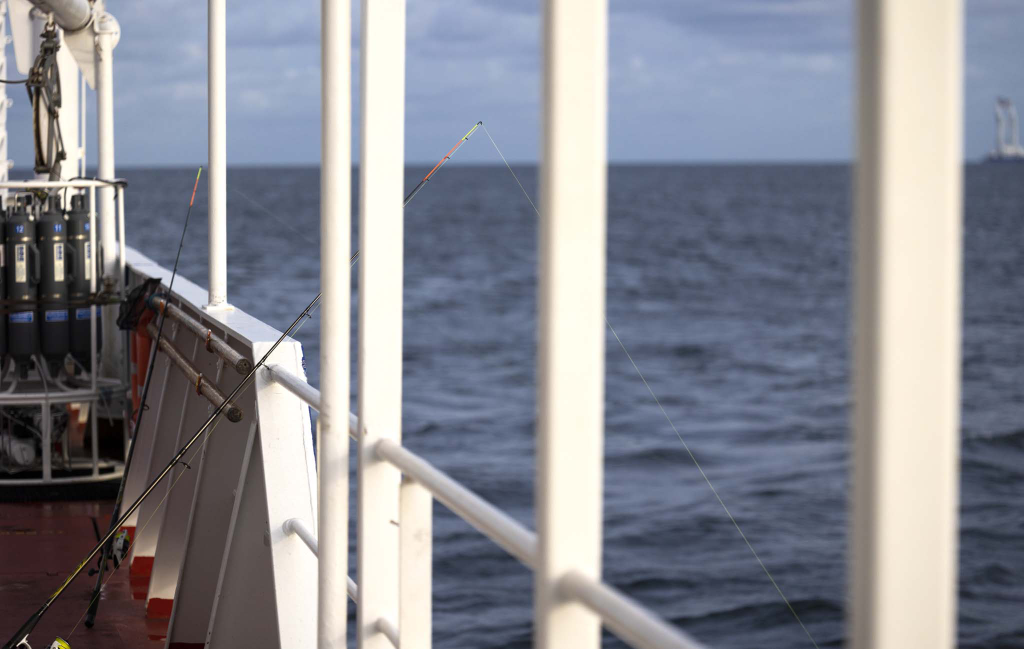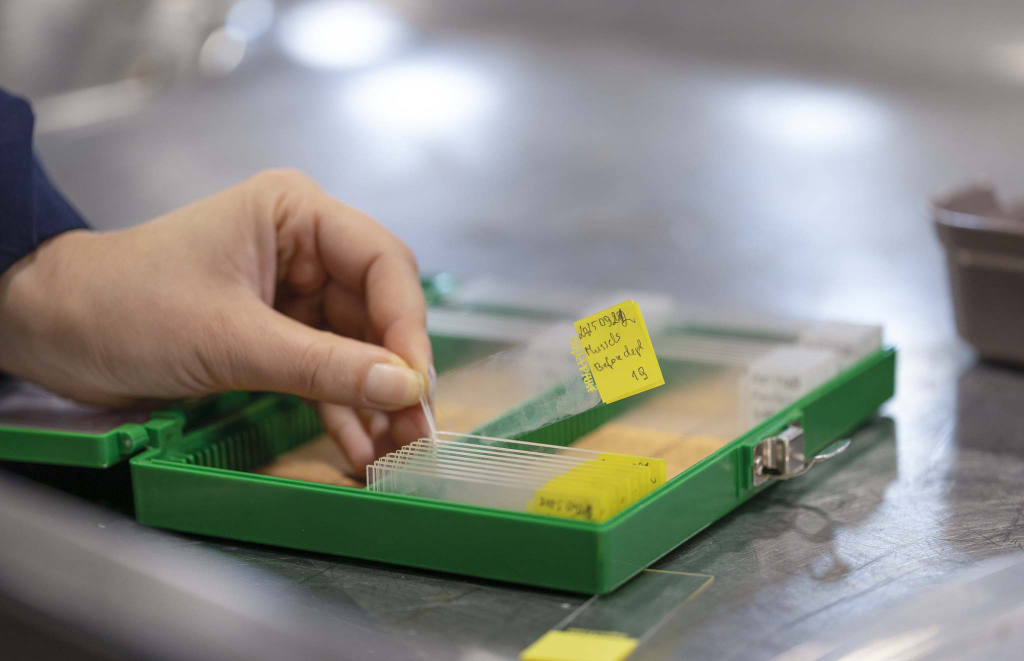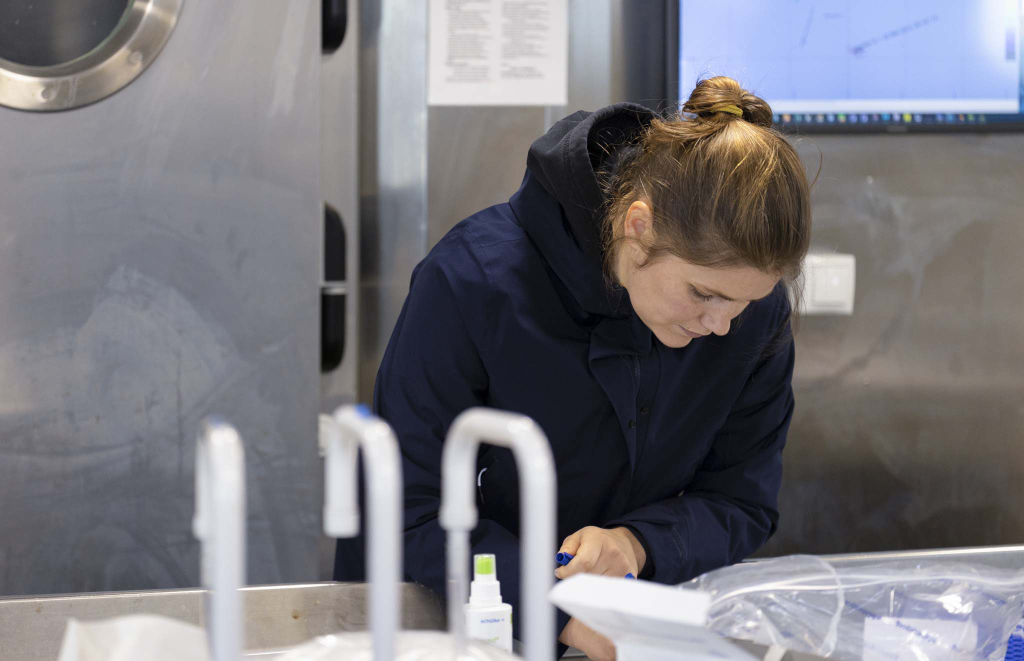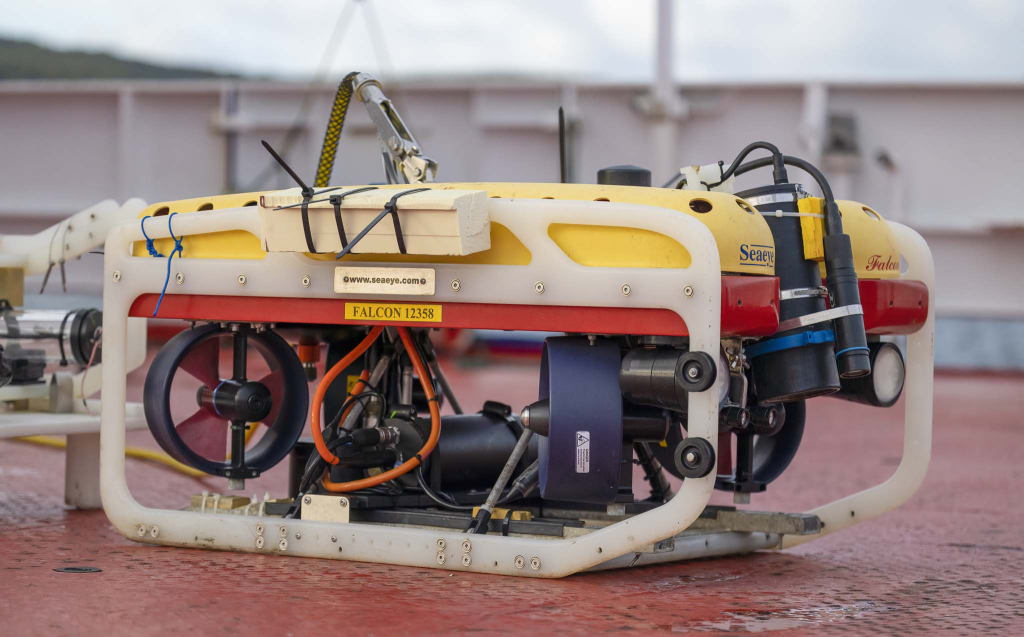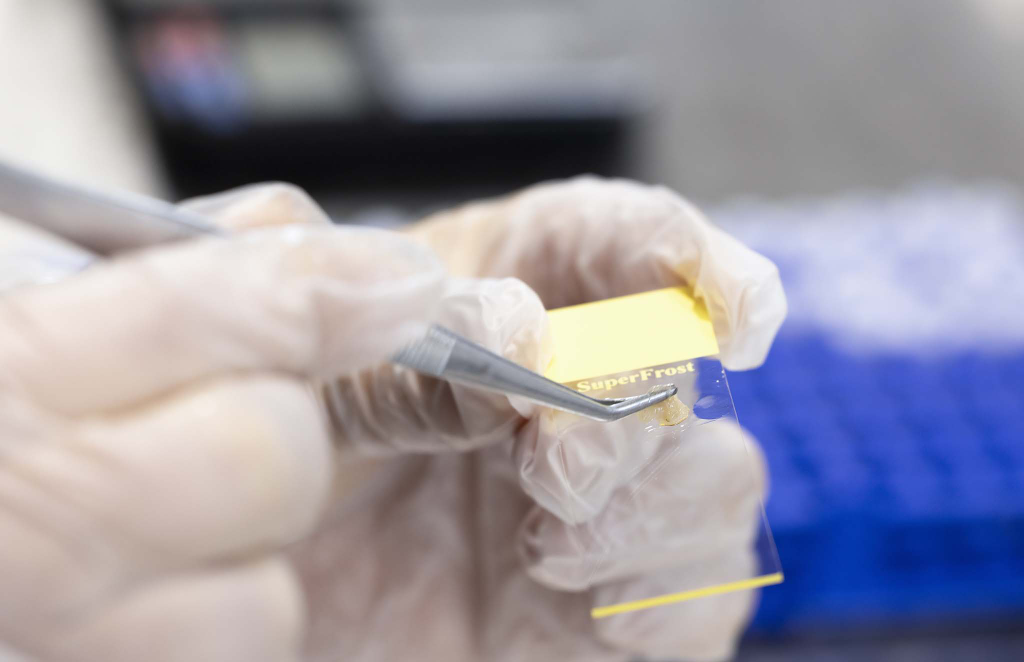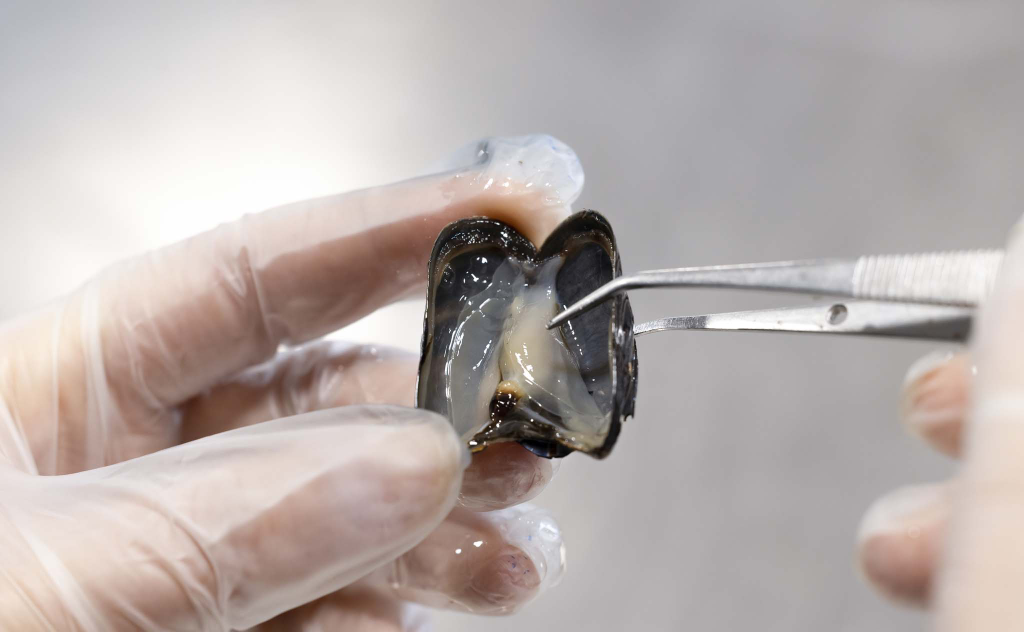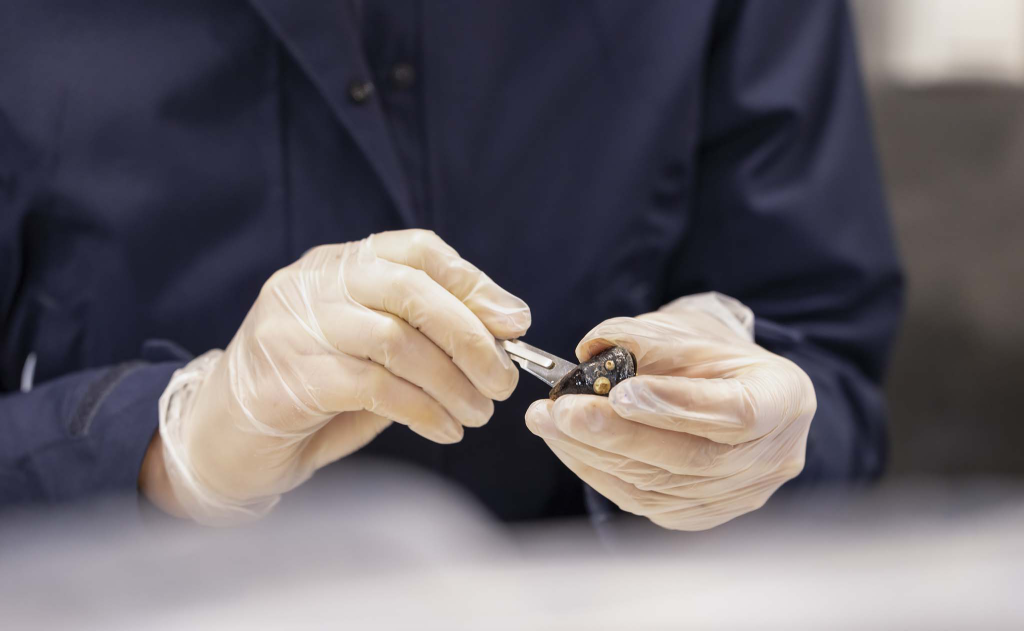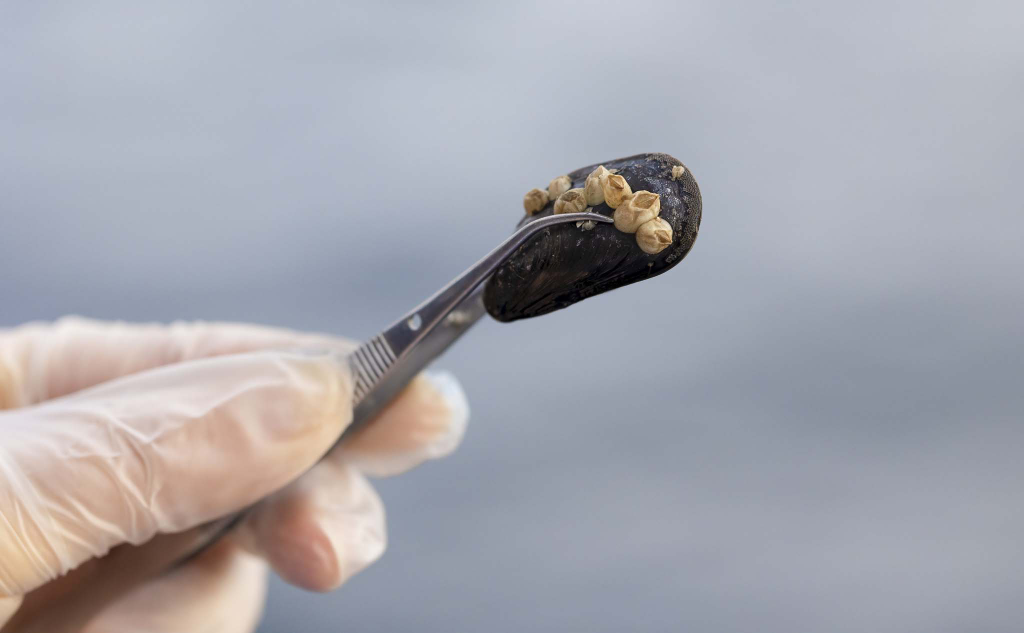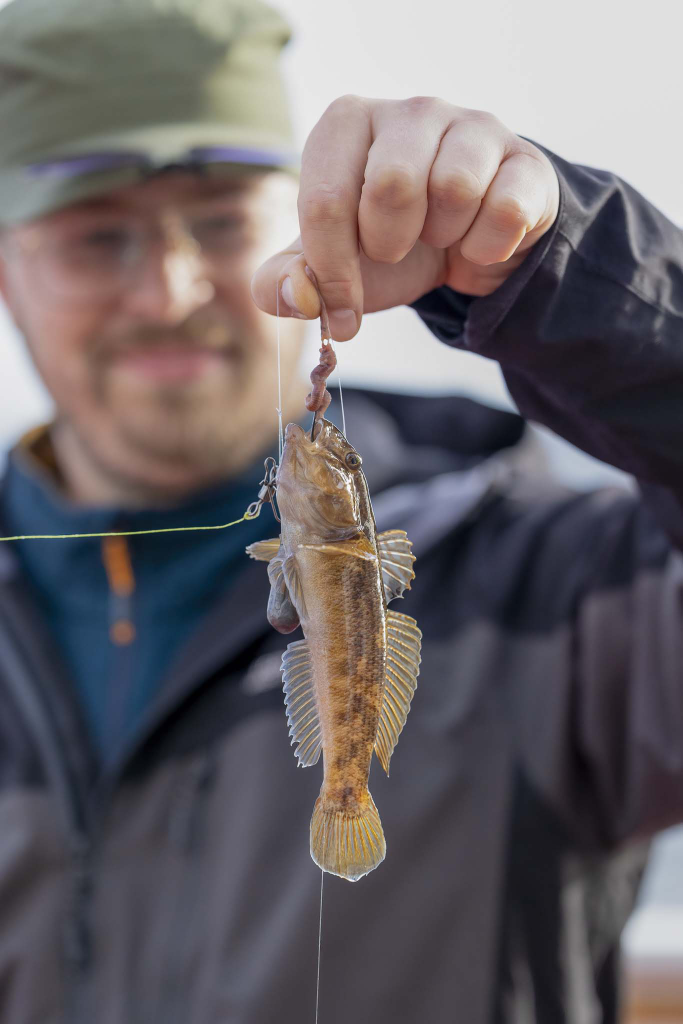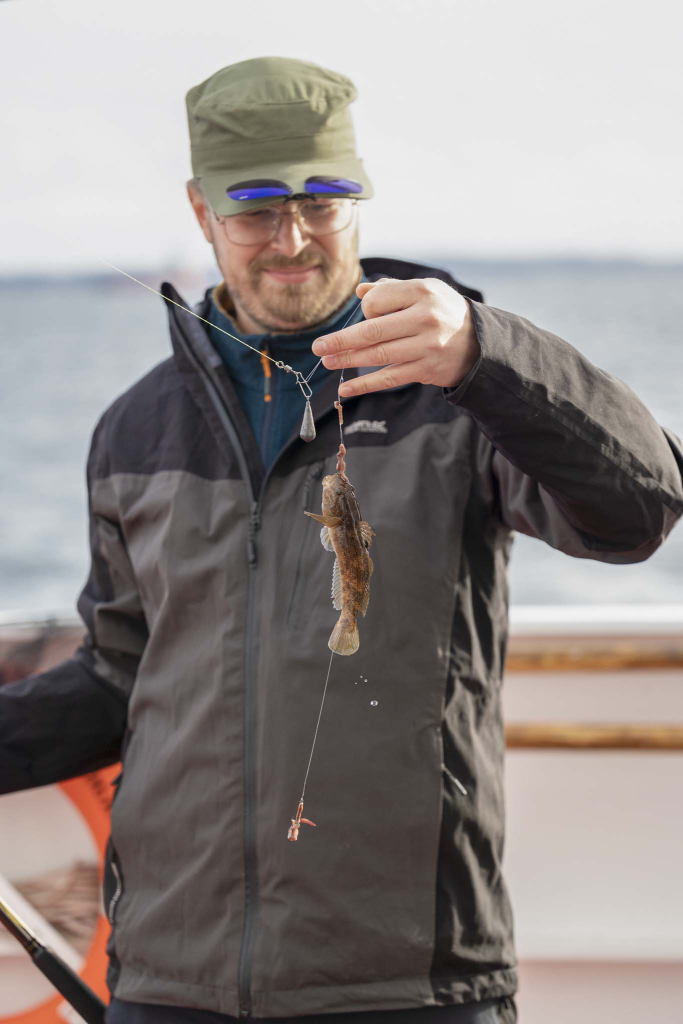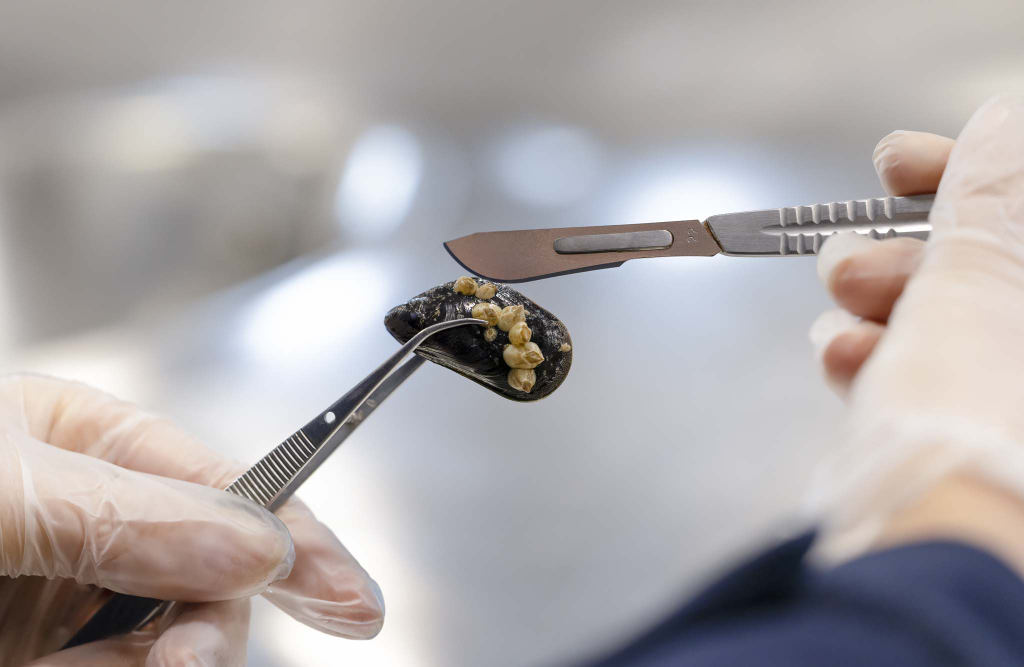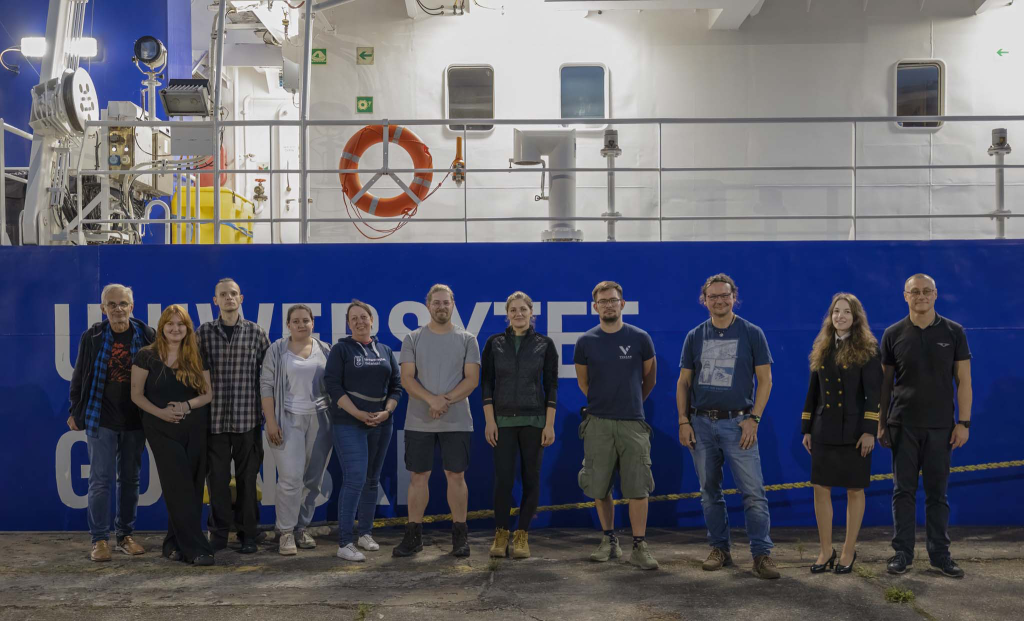Nature Research Centre scientists Dr Milda Stankevičiūtė, Dr Justas Dainys, and senior laboratory assistant Arminas Naujokas, participating in the BaltWreck project, took part in two expeditions in the Baltic Sea in August and September this year, together with colleagues from Poland and Germany. Scientists are investigating tankers, submarines, and other ships that sank in the Baltic Sea during World War II. According to various sources, there might be 10,000–100,000 shipwrecks on the bottom of the Baltic Sea. However, the seabed has not yet been sufficiently explored, especially in more remote and deeper parts of the Baltic Sea.
Even the remains of very old ships have survived in the Baltic Sea due to its unique environmental conditions: the water is cool, dark, slightly salty, and the oxygen content in the bottom zone is low. These conditions significantly slow down the processes of corrosion and wood decay. Besides, the Baltic Sea is not liked by shipworms – bivalve molluscs that quickly destroy wooden shipwrecks in other seas. For these reasons, old wooden structures are exceptionally well preserved in the Baltic Sea.
During the expeditions, remote-controlled robots were used to film and scan the seabed, create highly detailed 3D models, assess the condition of sunken ships, collect water and sediment samples, conduct experiments with molluscs, and catch fish. The goal of scientists is to assess how chemicals released from sunken ships (chemical weapons, ammunition, fuel, etc.) affect the Baltic ecosystem and human health.
The shipwrecks that still contain fuel (fuel oil, diesel), oil, ammunition, chemical weapons, or other hazardous materials are most dangerous. Climate change is accelerating the deterioration of their hulls, as rising water temperatures, increasing acidity, and stronger storms weaken their structures. Human activities such as deep-sea fishing and the expansion of maritime industry further increase the risk of pollution spills. For example, the wreck of the German passenger ship S/S Stuttgart, which sank during World War II in the Gulf of Gdańsk, has left the seabed covered with a layer of fuel oil.
During the research, a total of nine shipwrecks of various types from the coast of Lithuania to the coast of Germany were visited.
We are investigating two objects in Lithuanian waters:
- Submarine W-19, a Russian submarine from World War II, a cultural heritage object. The submarine was used for mine clearance and torpedo attacks; the submarine is believed to have struck a mine itself and sank at a depth of about 40 m.
- The wreck of an unknown ship (231123), found in the area of the planned wind farm in December 2023. Although the exact type is still unknown, data indicates that it is most likely a cargo ship. Its ecological threat is assessed based on the latest data collected.
The research is being conducted under the Interreg VI-A south Baltic cross-border cooperation programme project BaltWreck (STHB.02.02-IP.01-0009/23), which is funded by the European Regional Development Fund.
#SailingTogether, #BaltWreck, #SouthBaltic, #BalticSea
Photos by: Dr Justas Dainys and Dr Milda Stankevičiūtė
